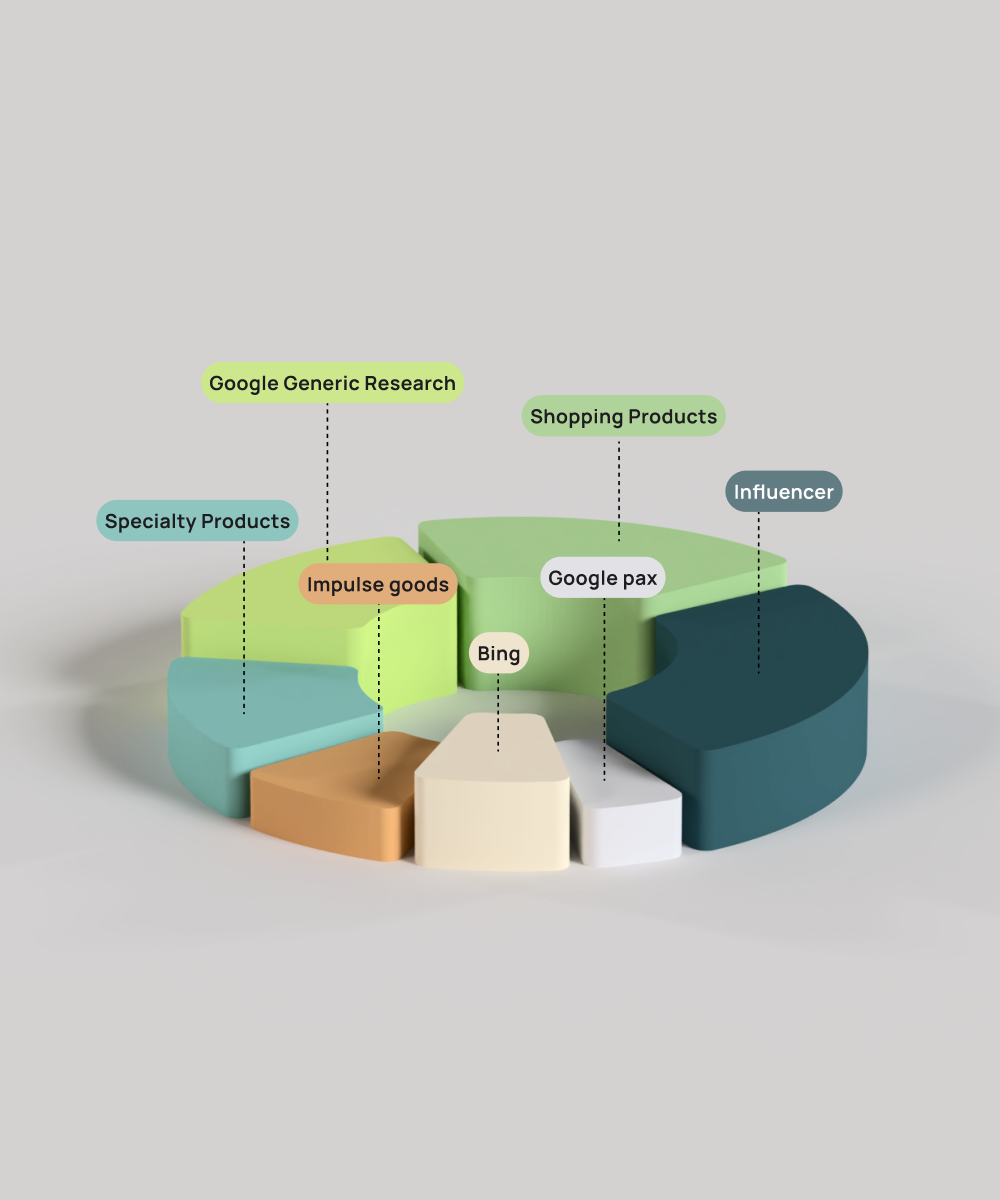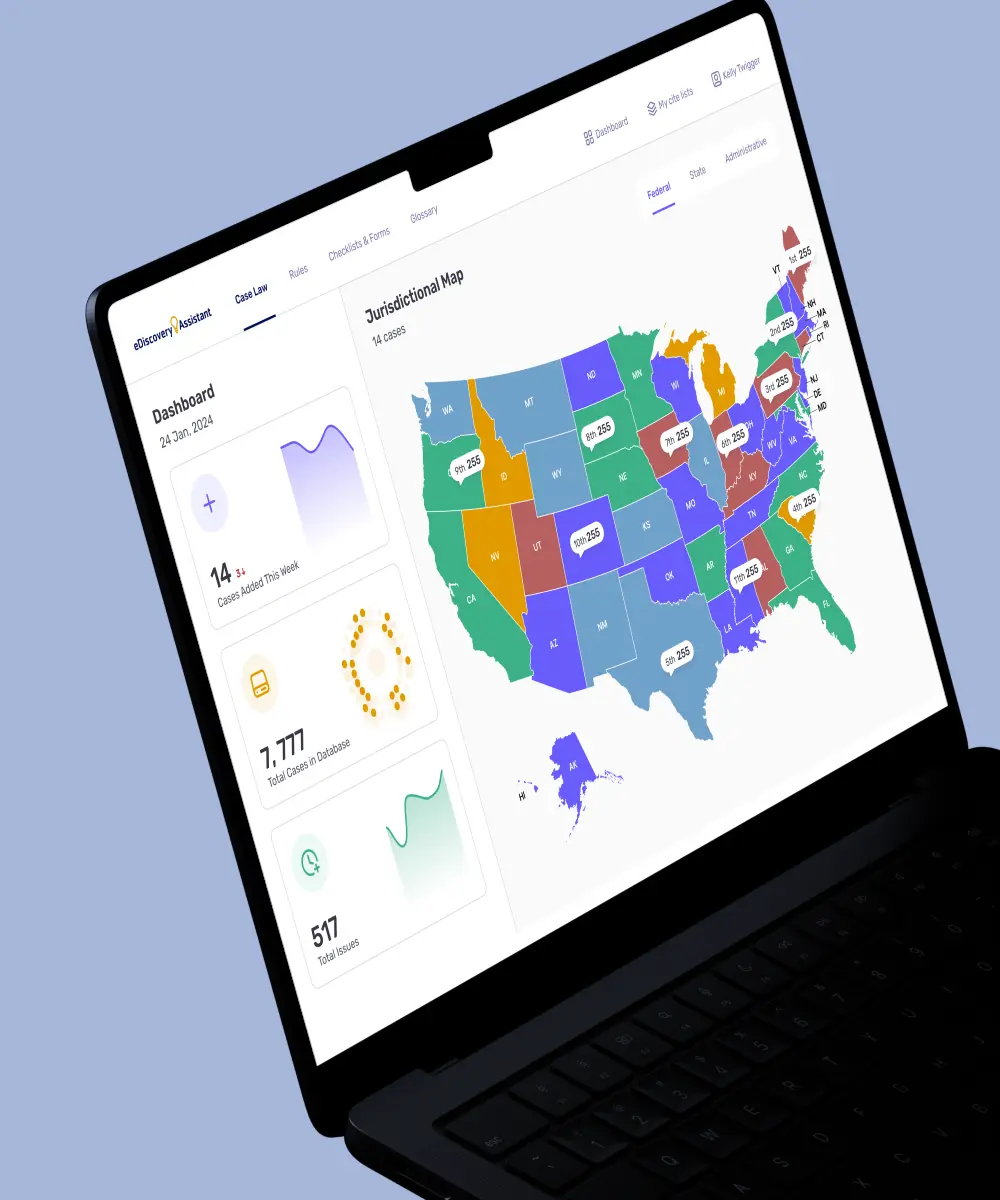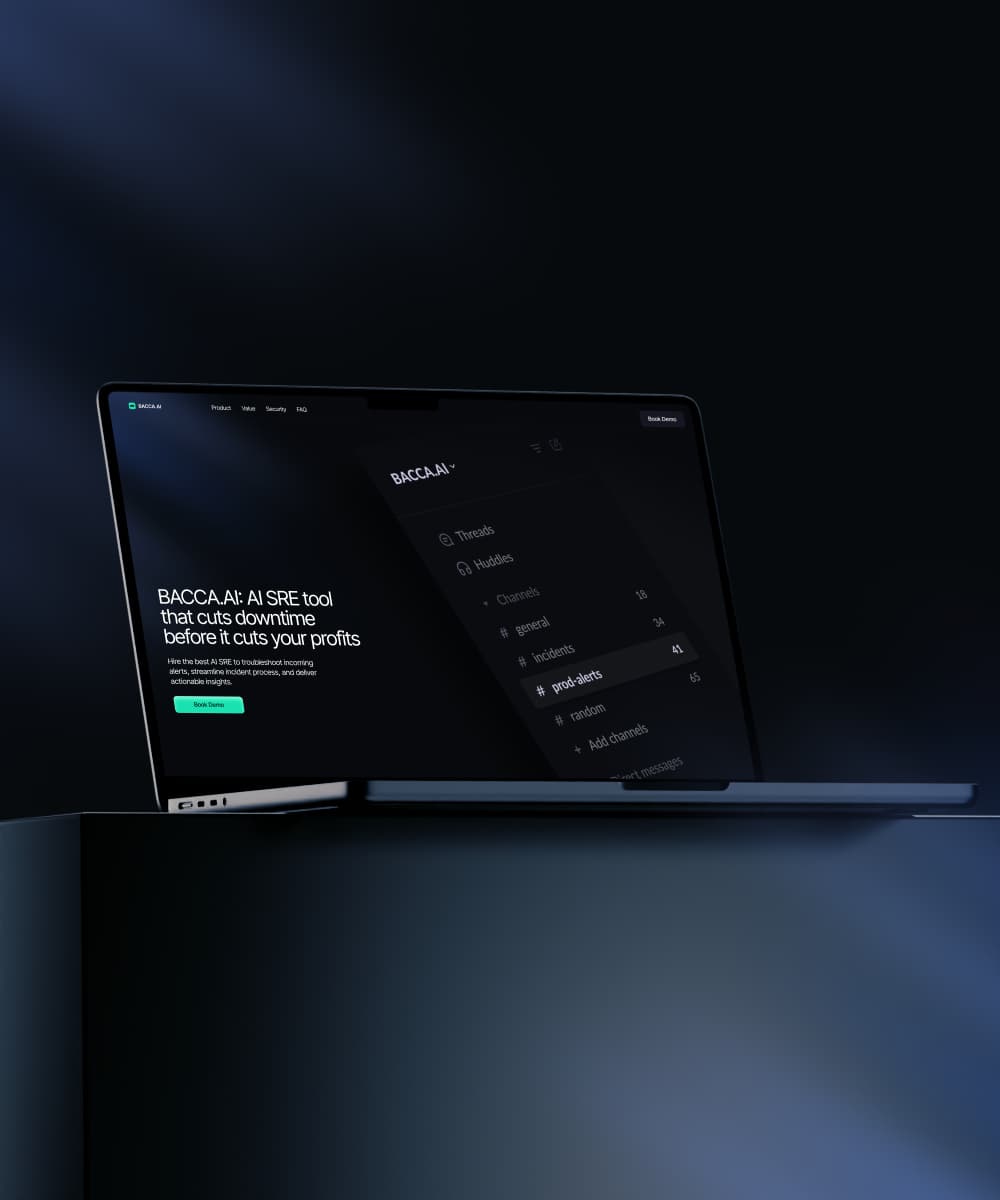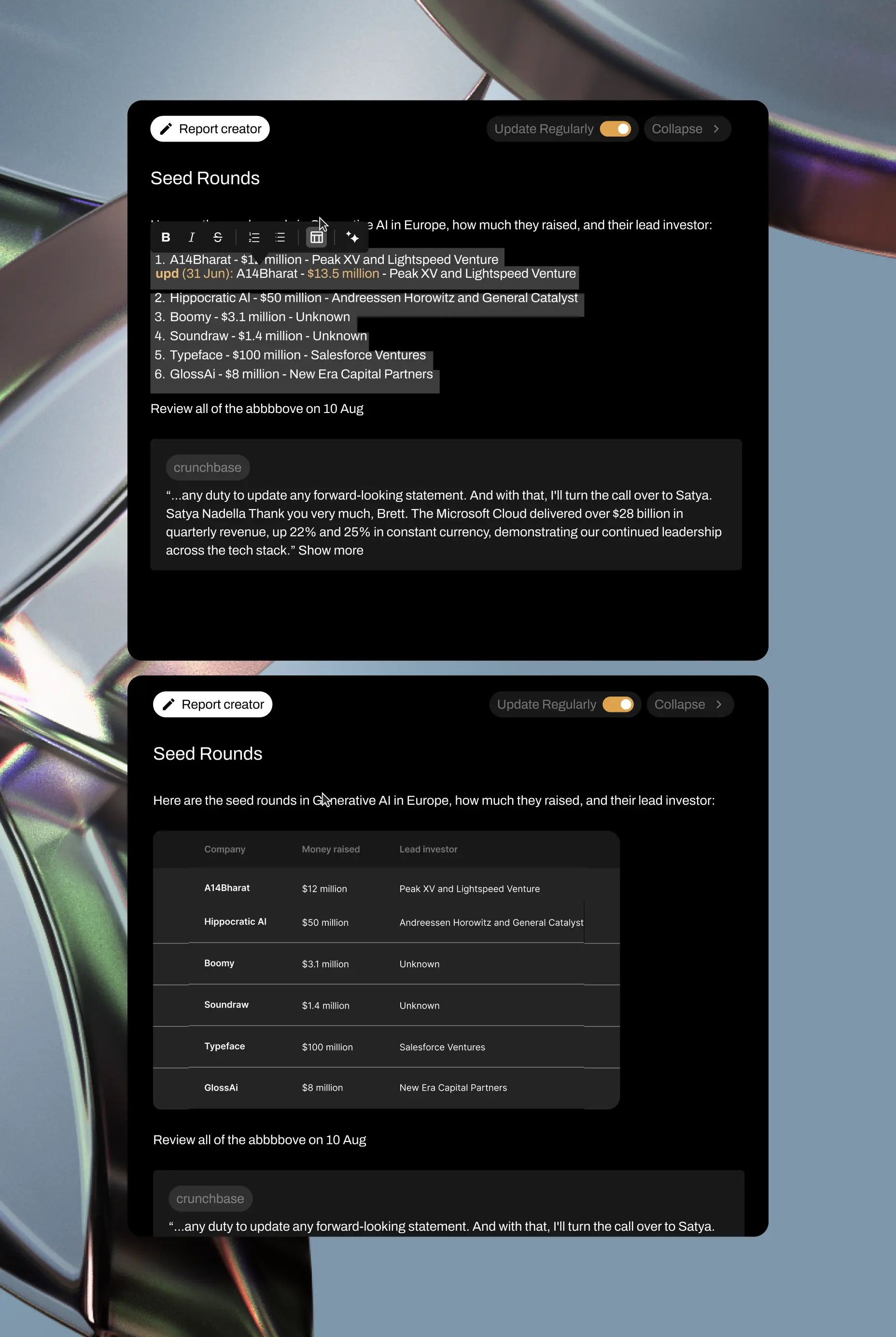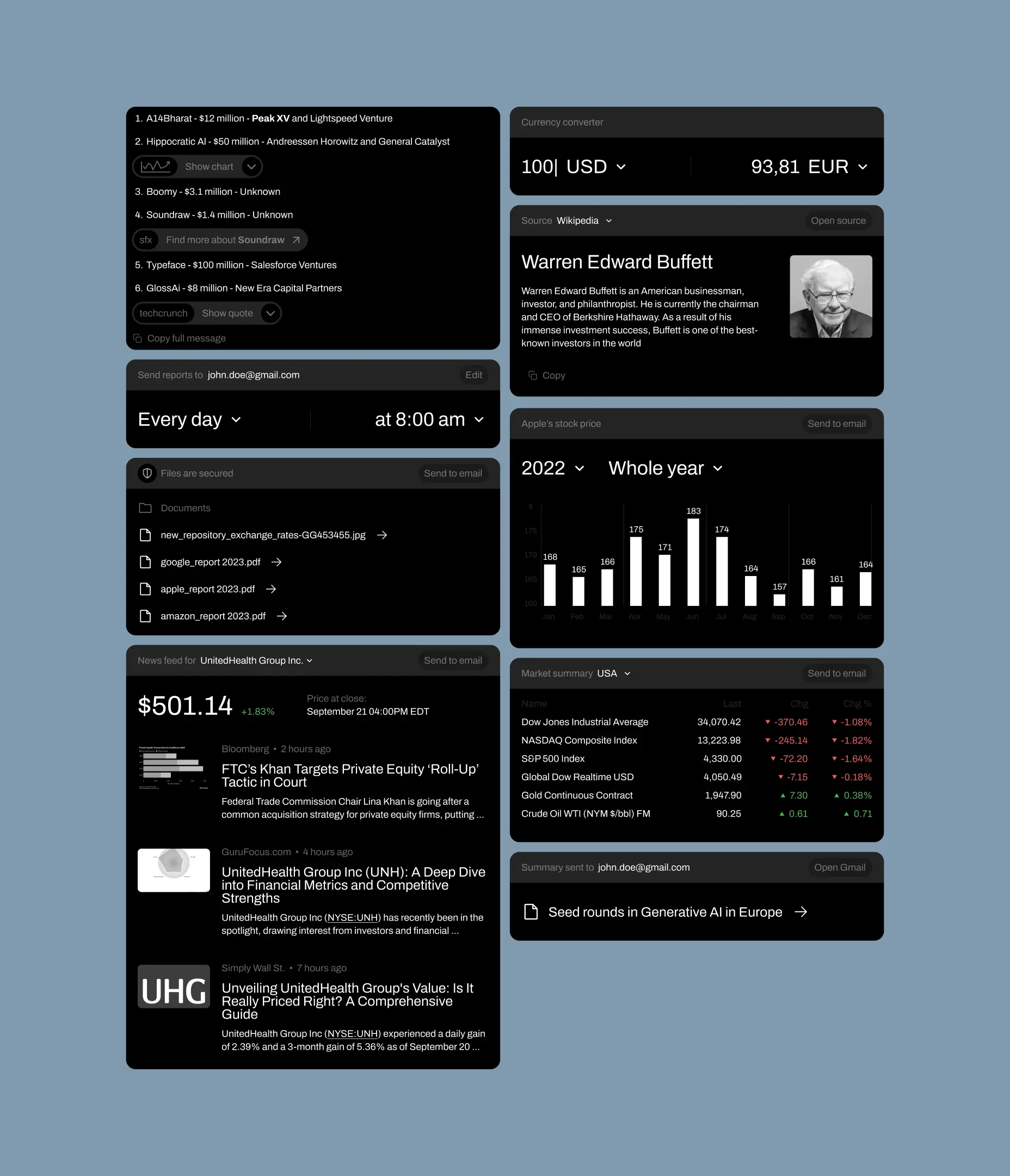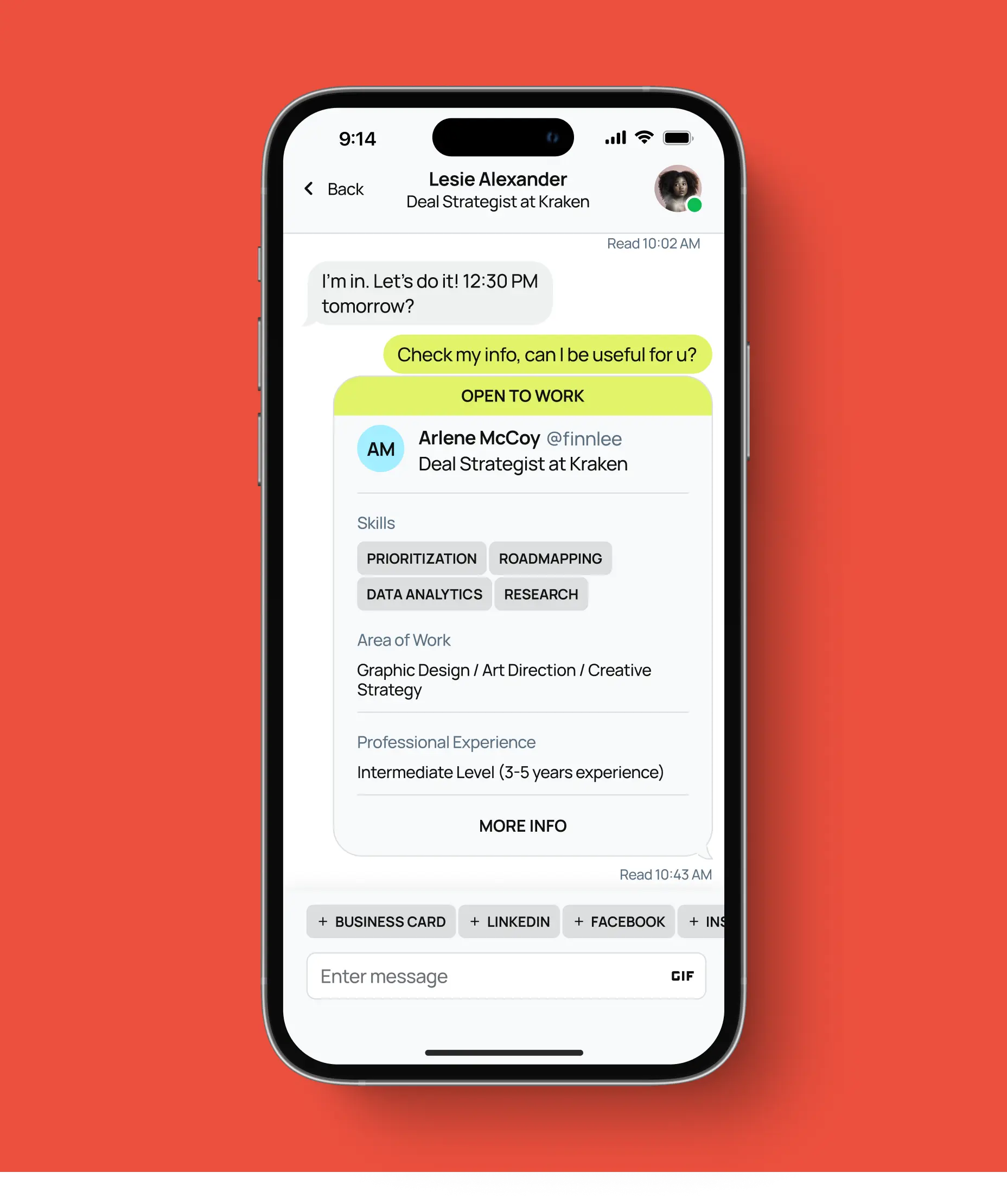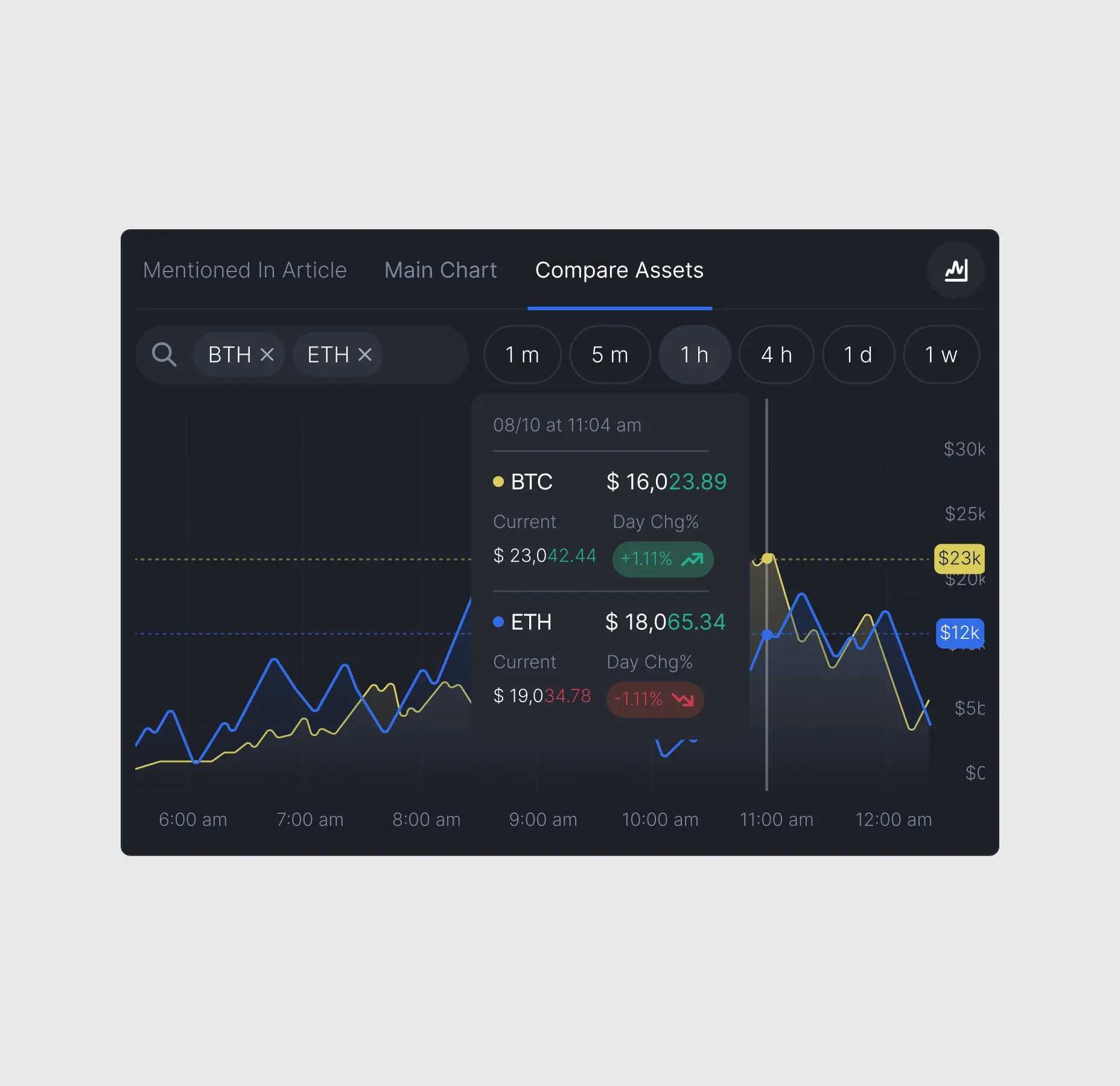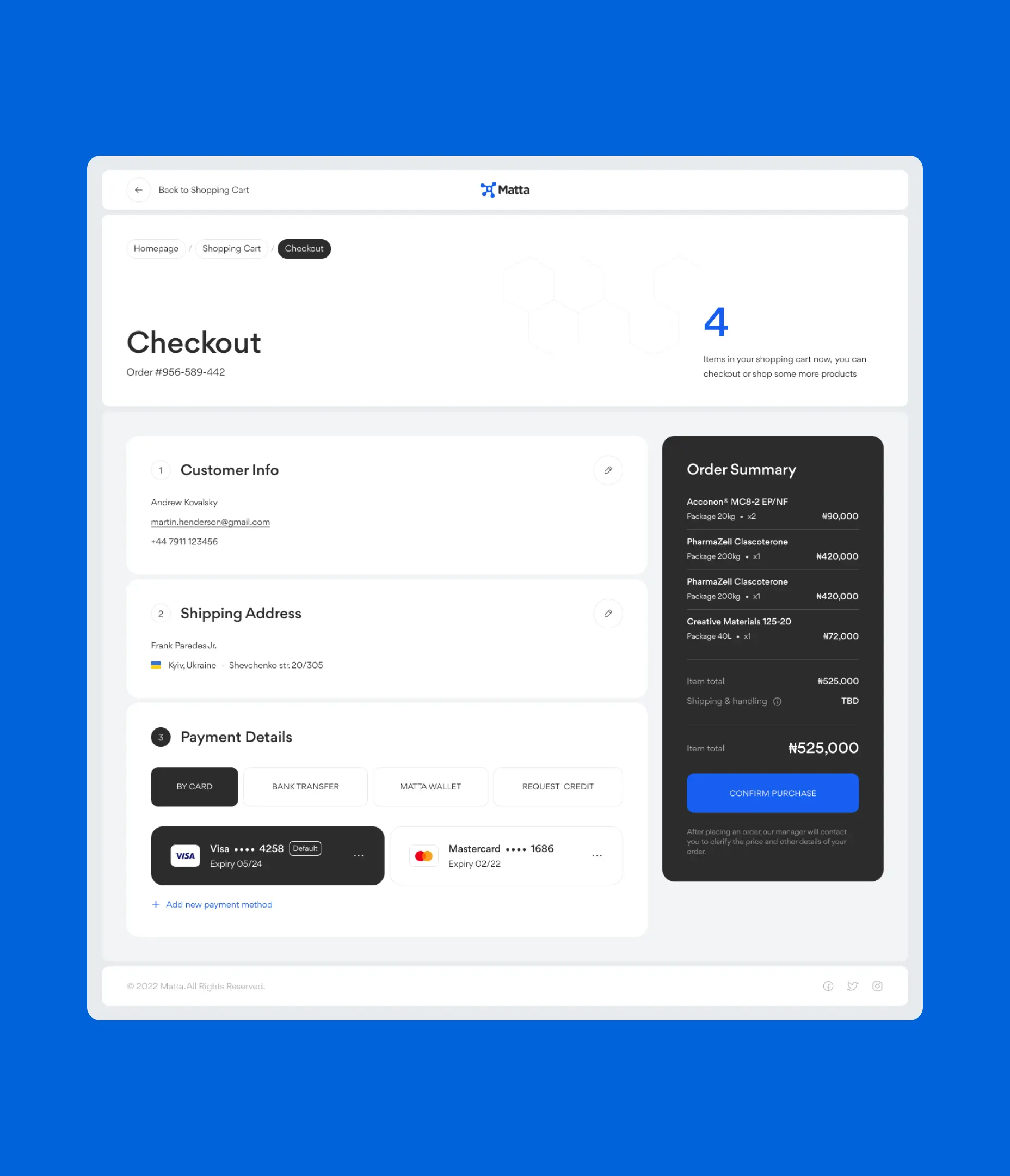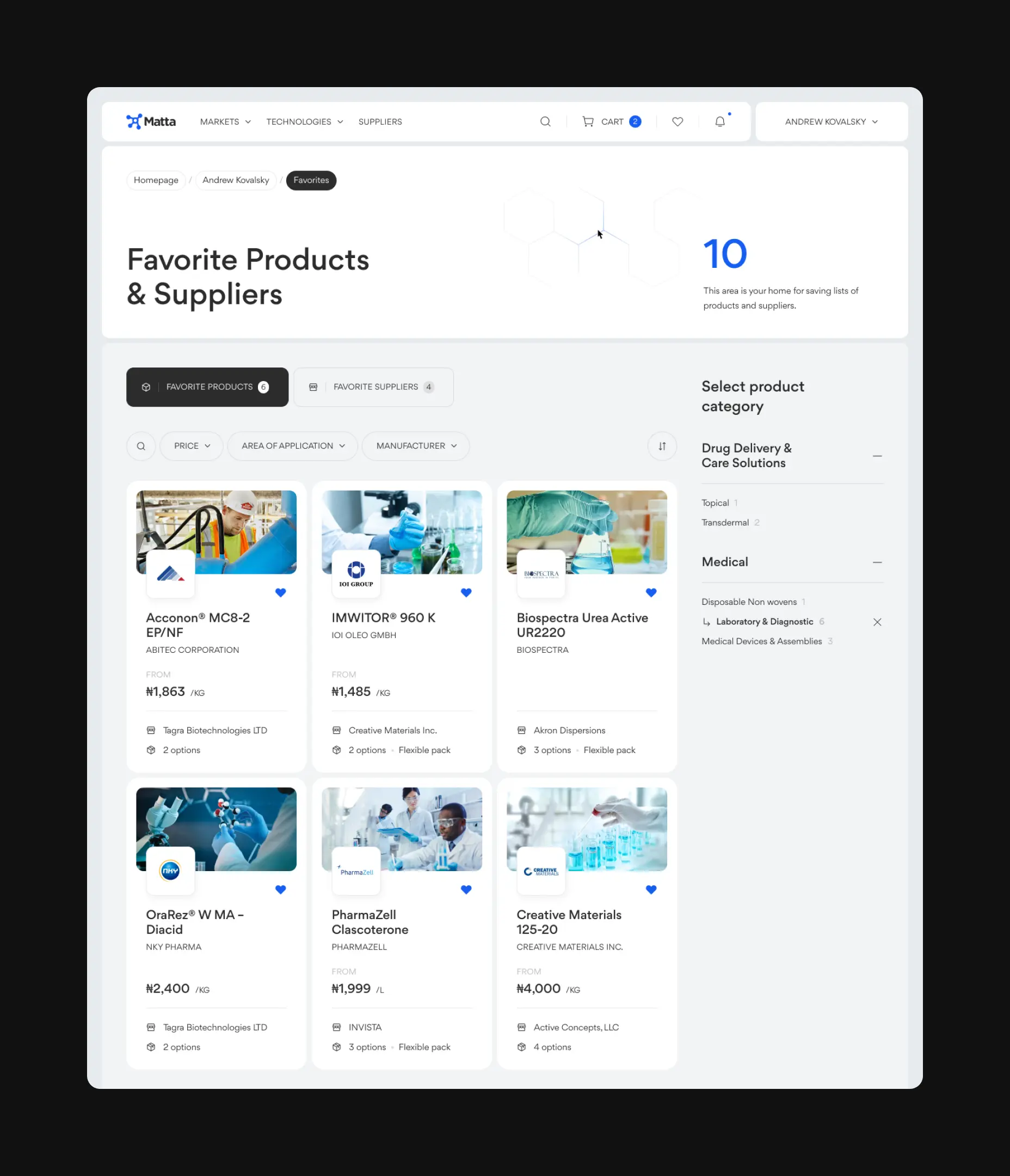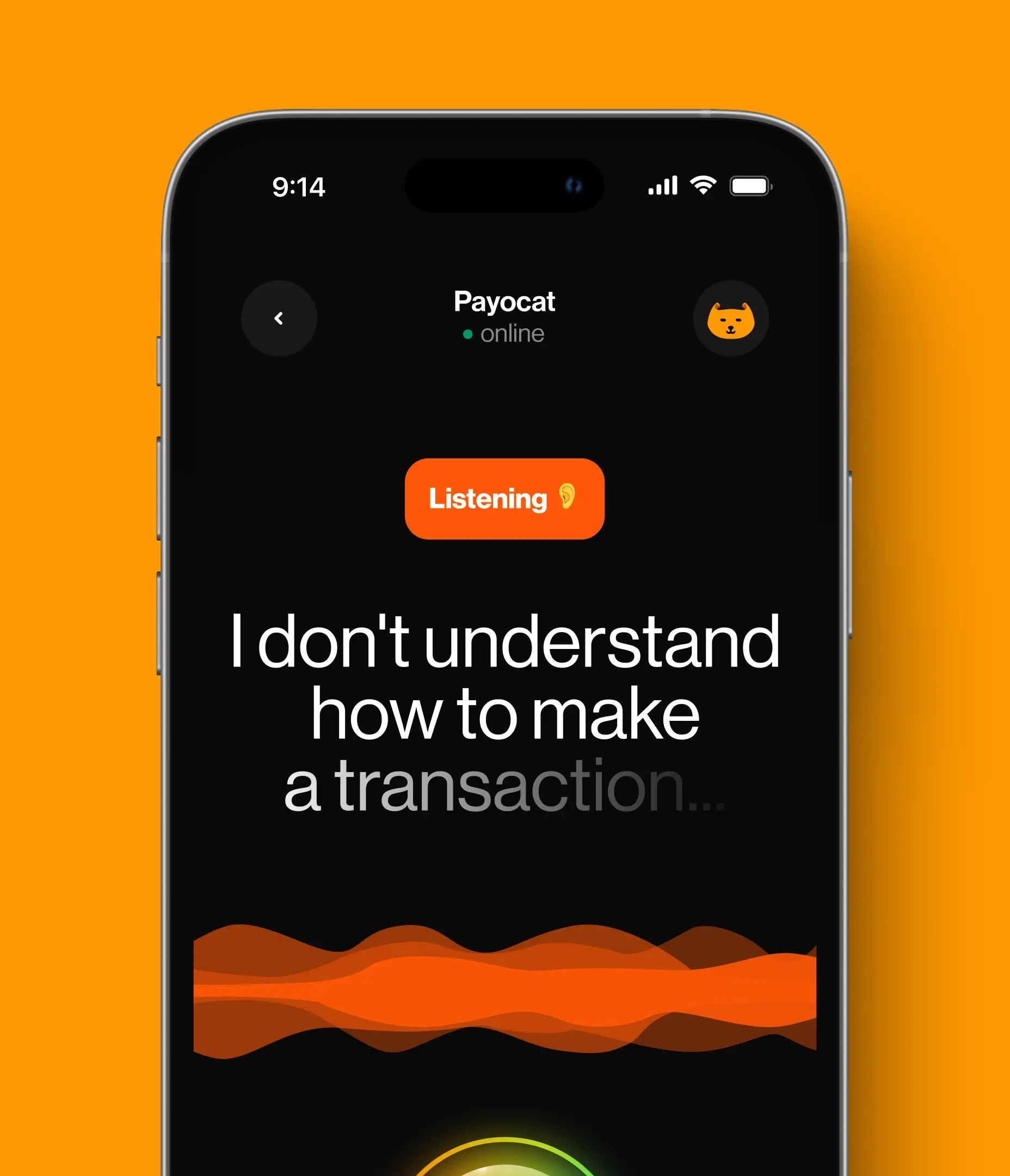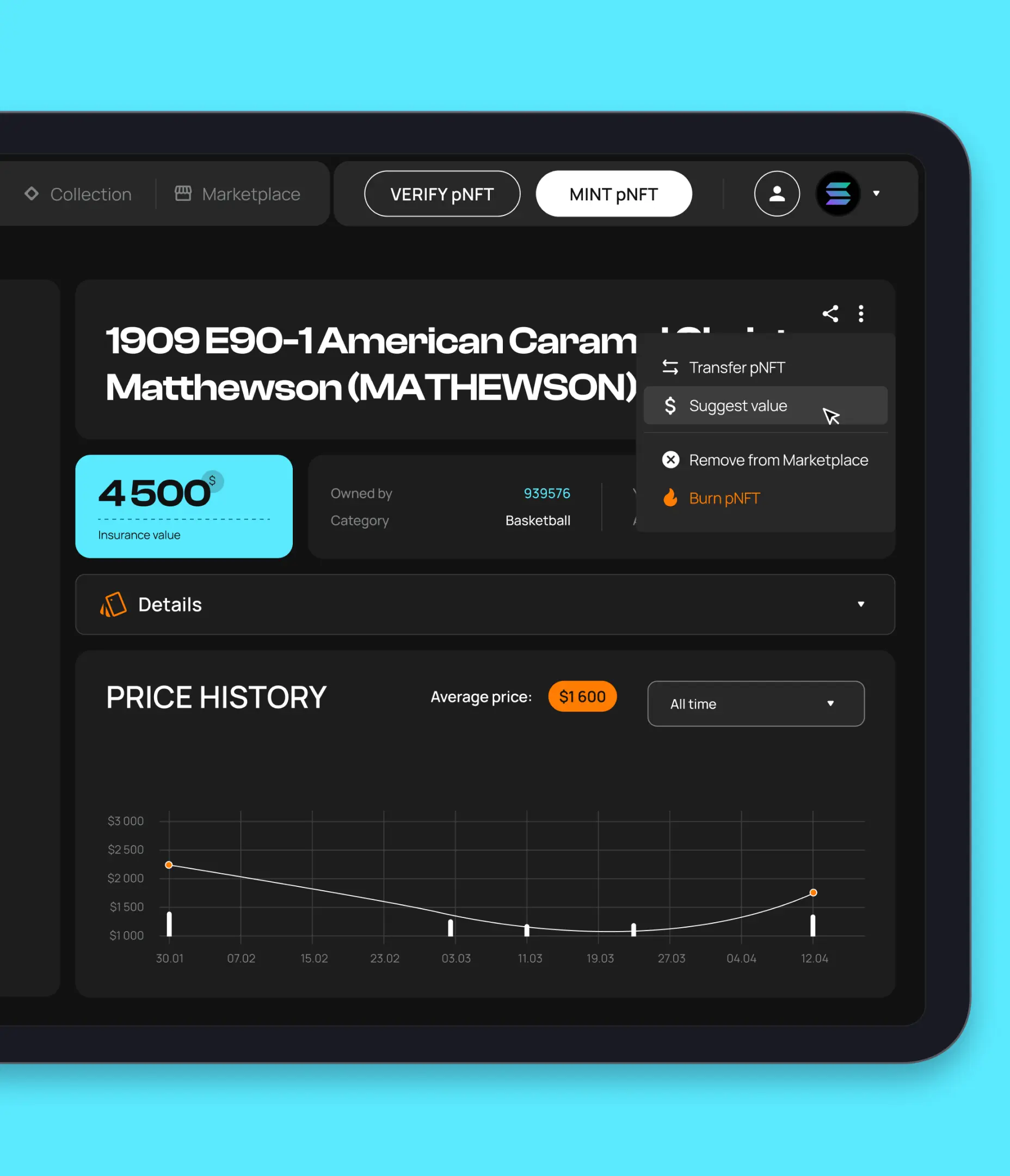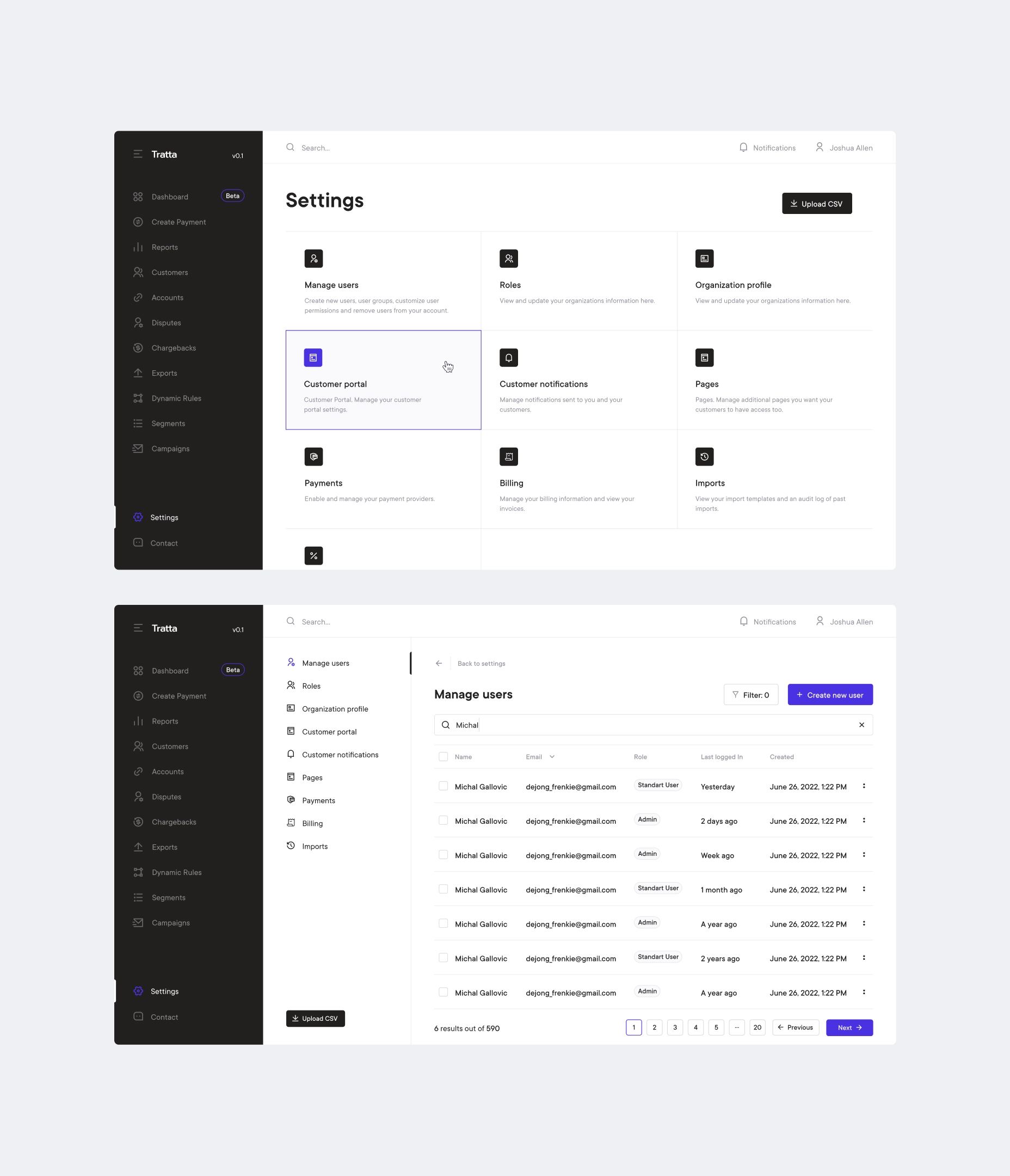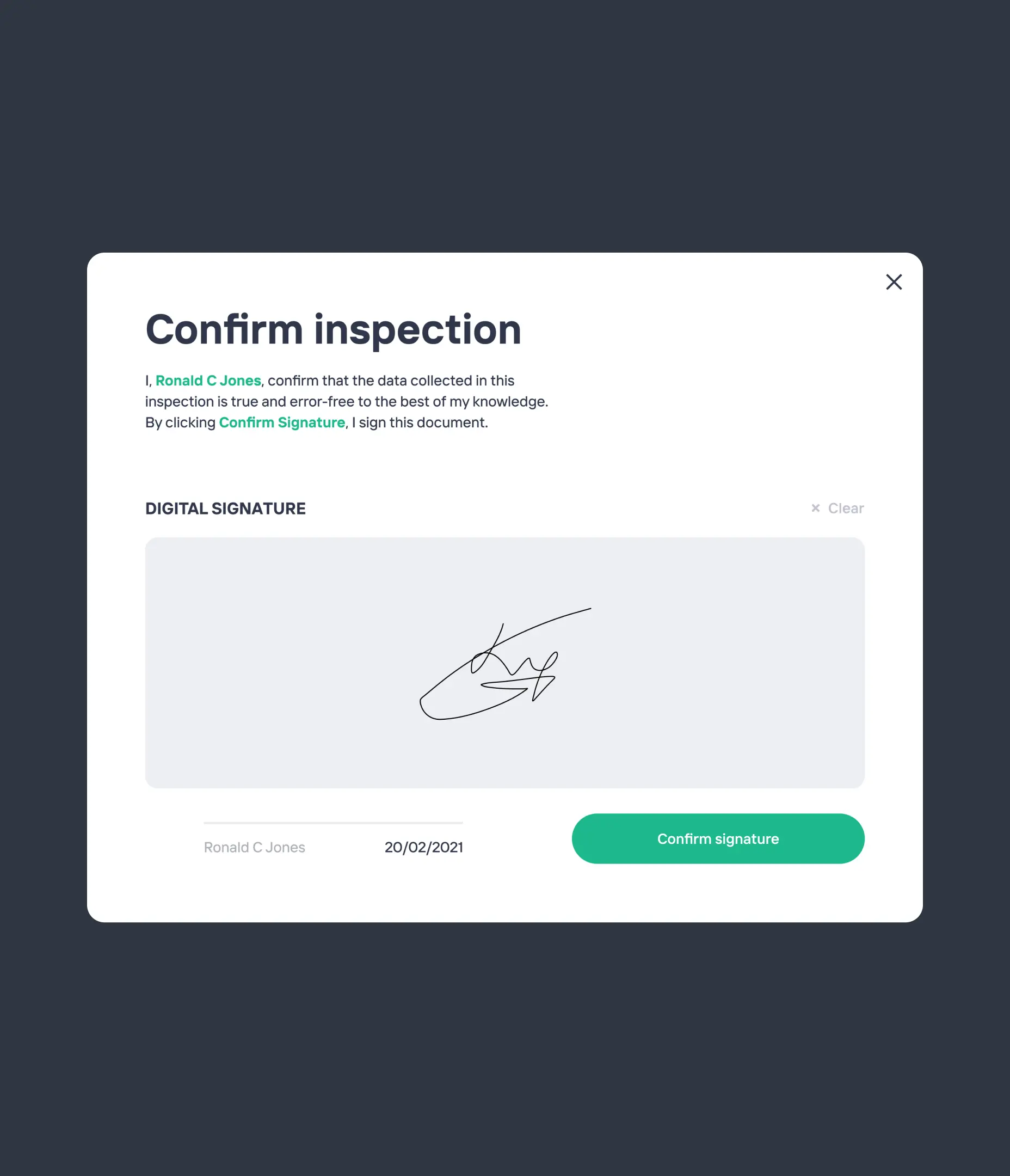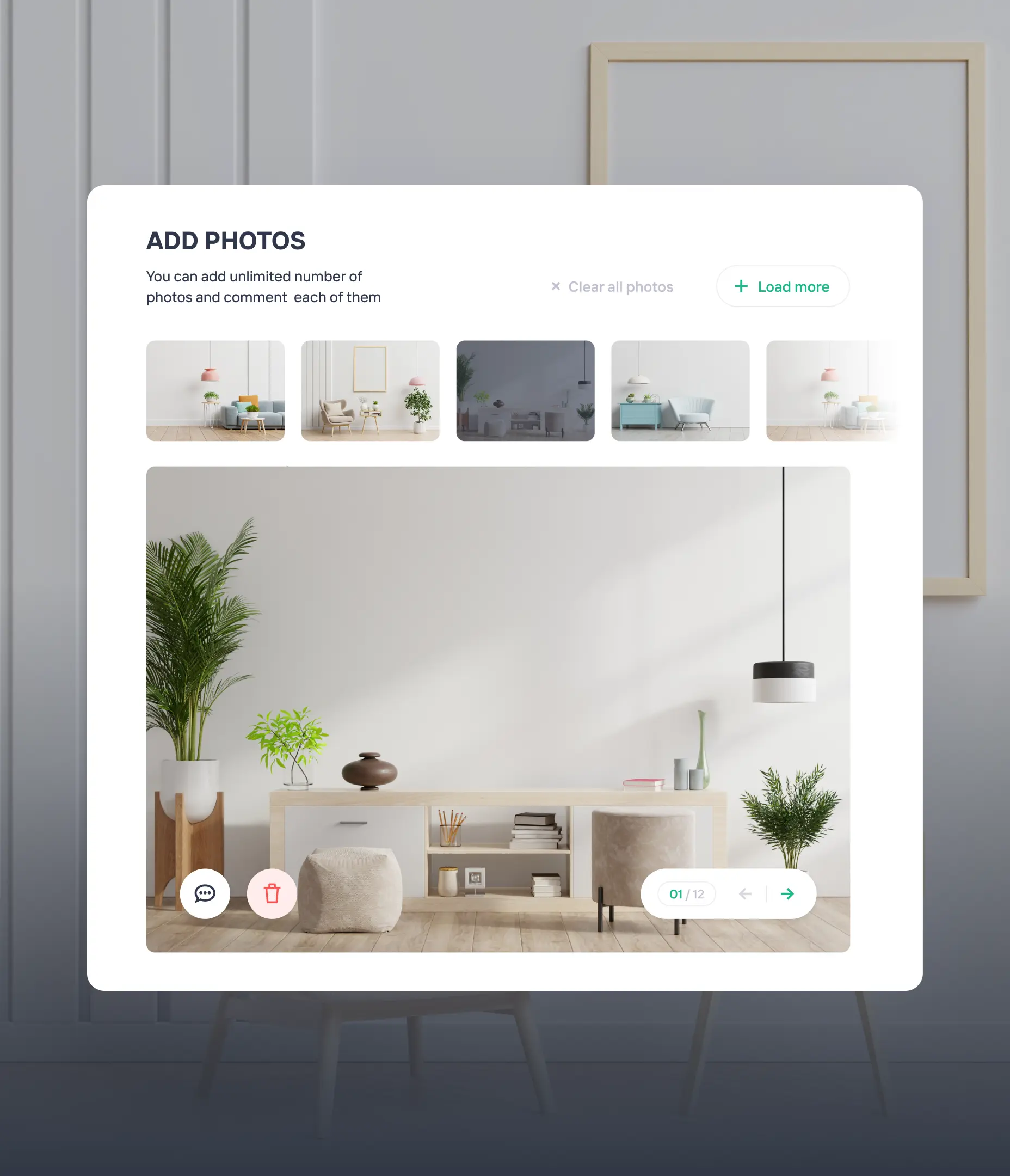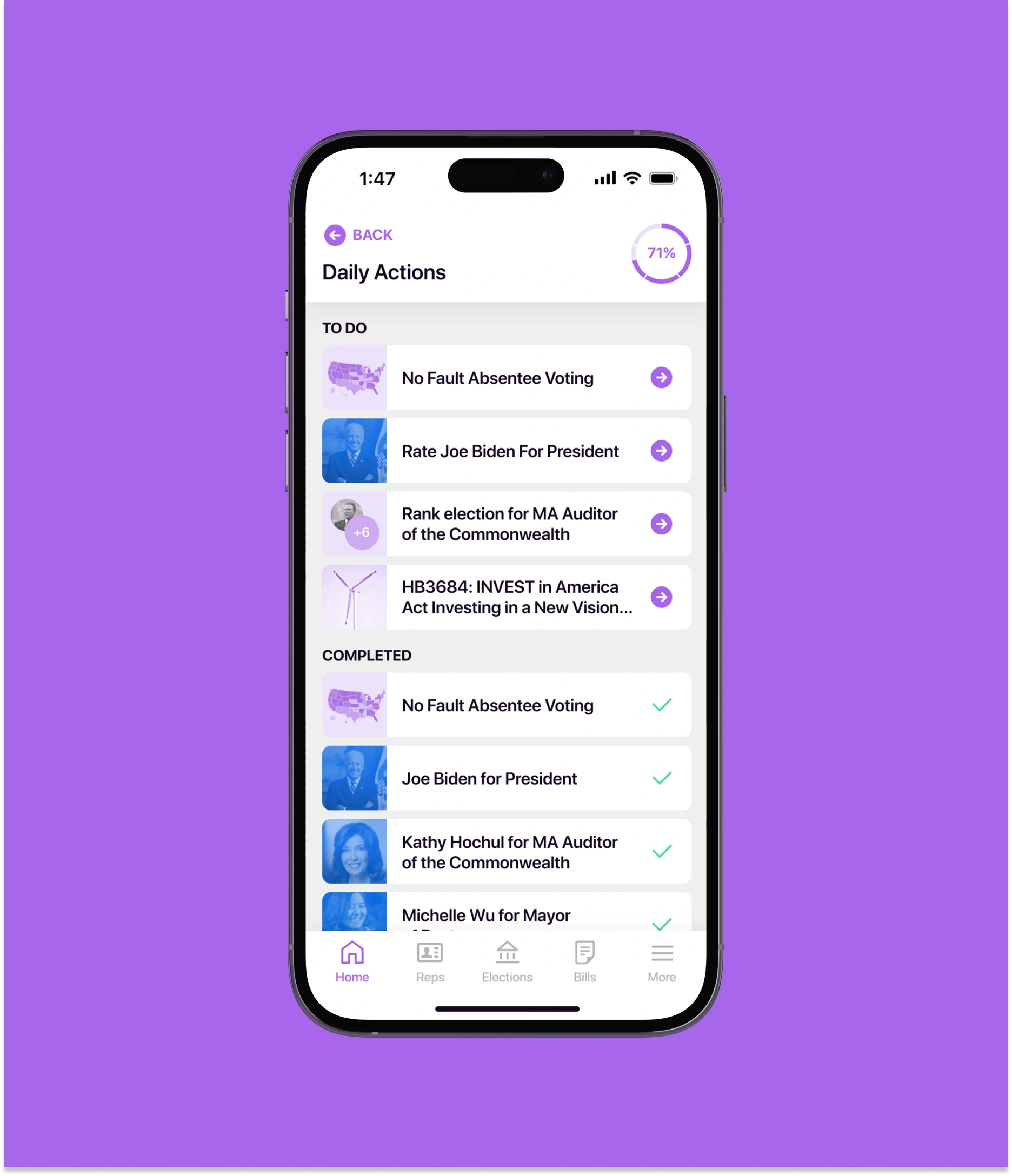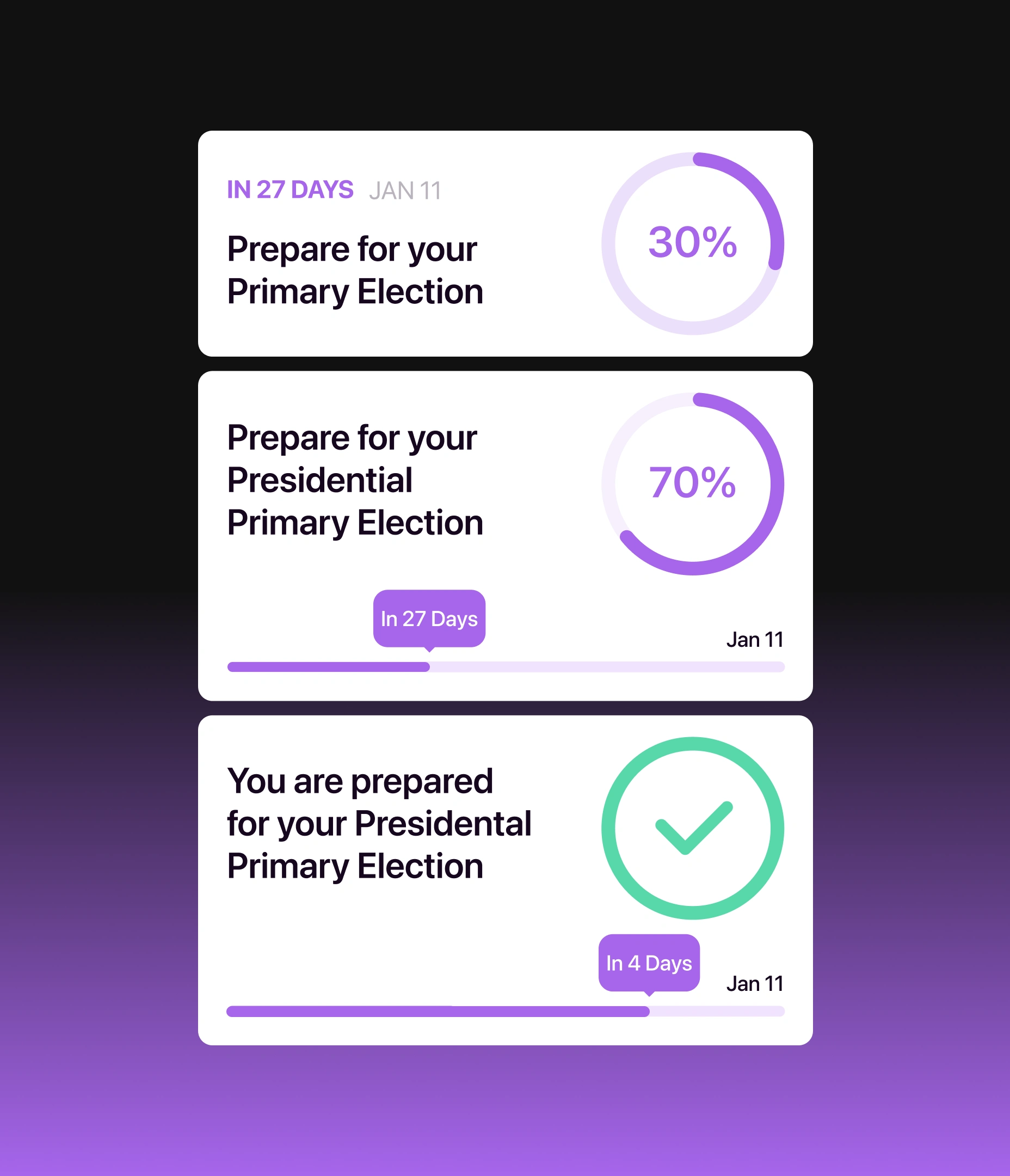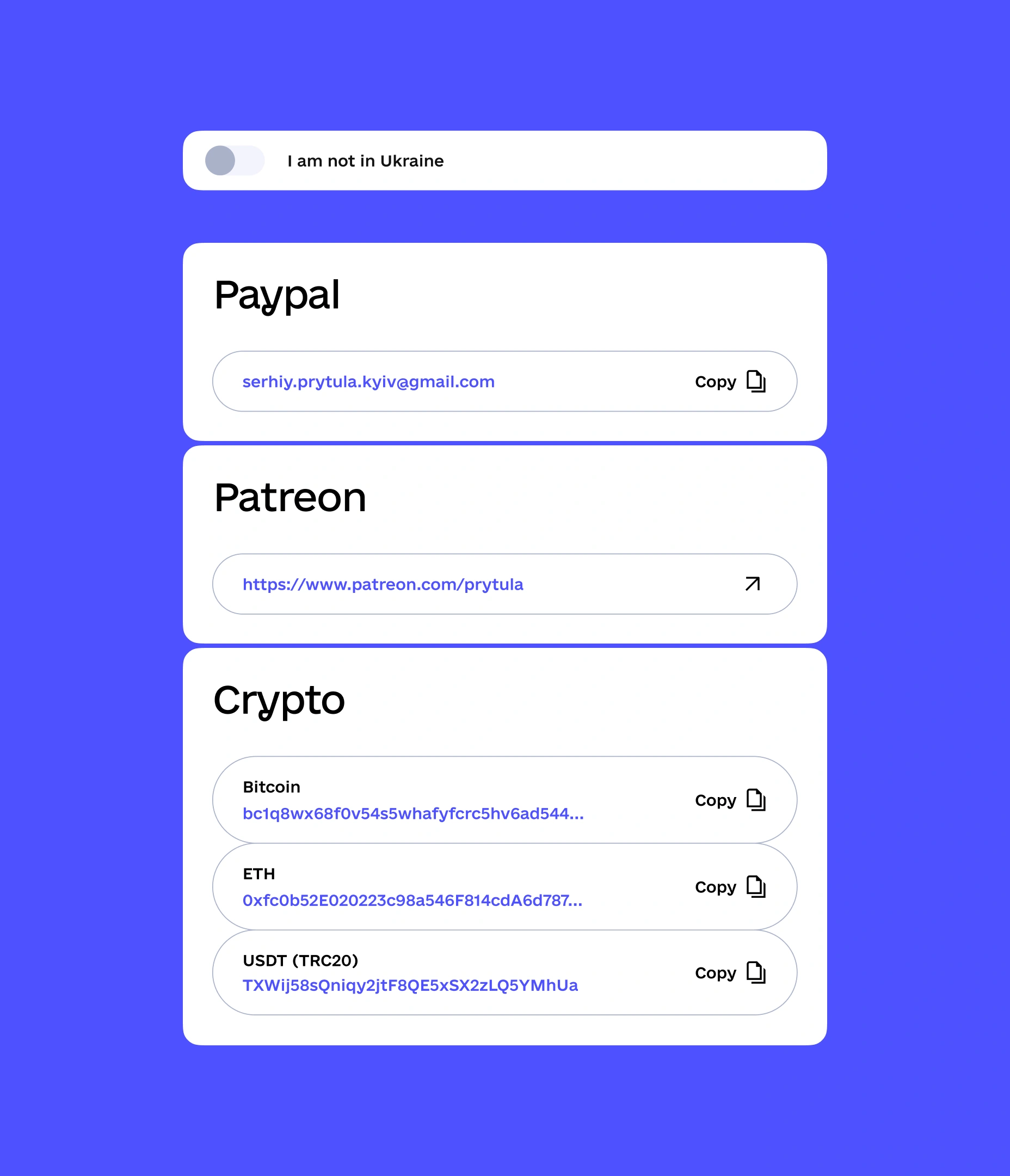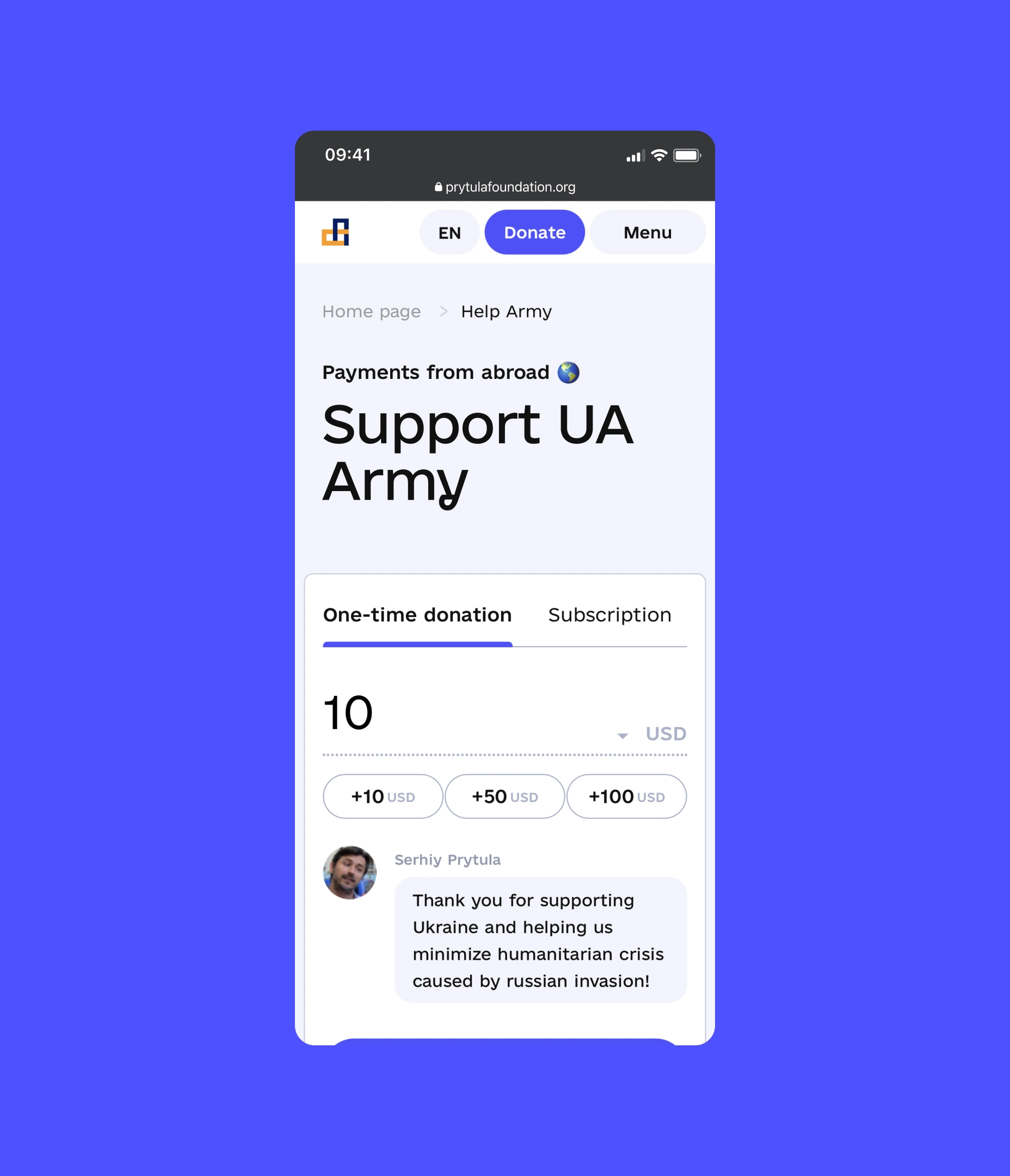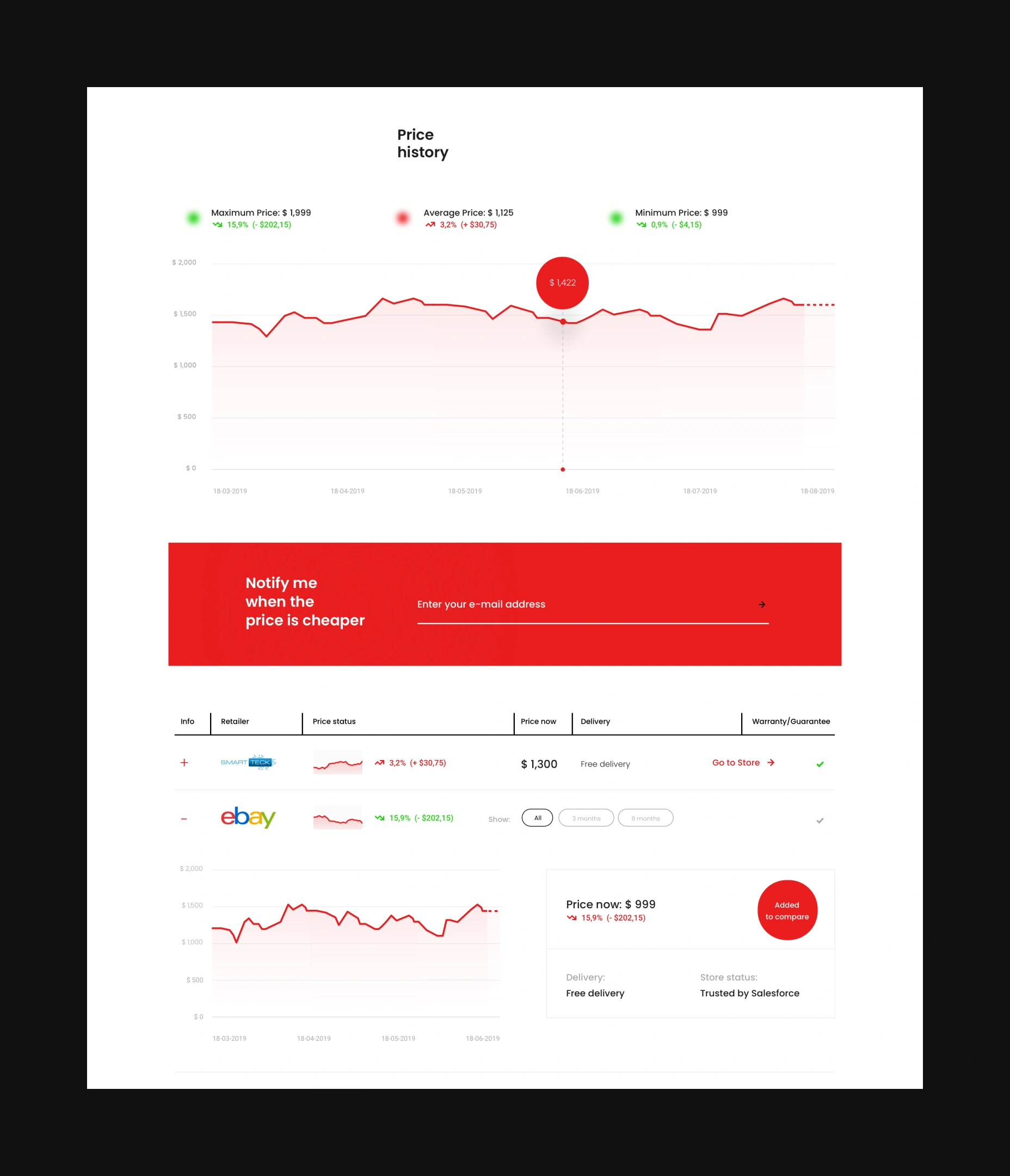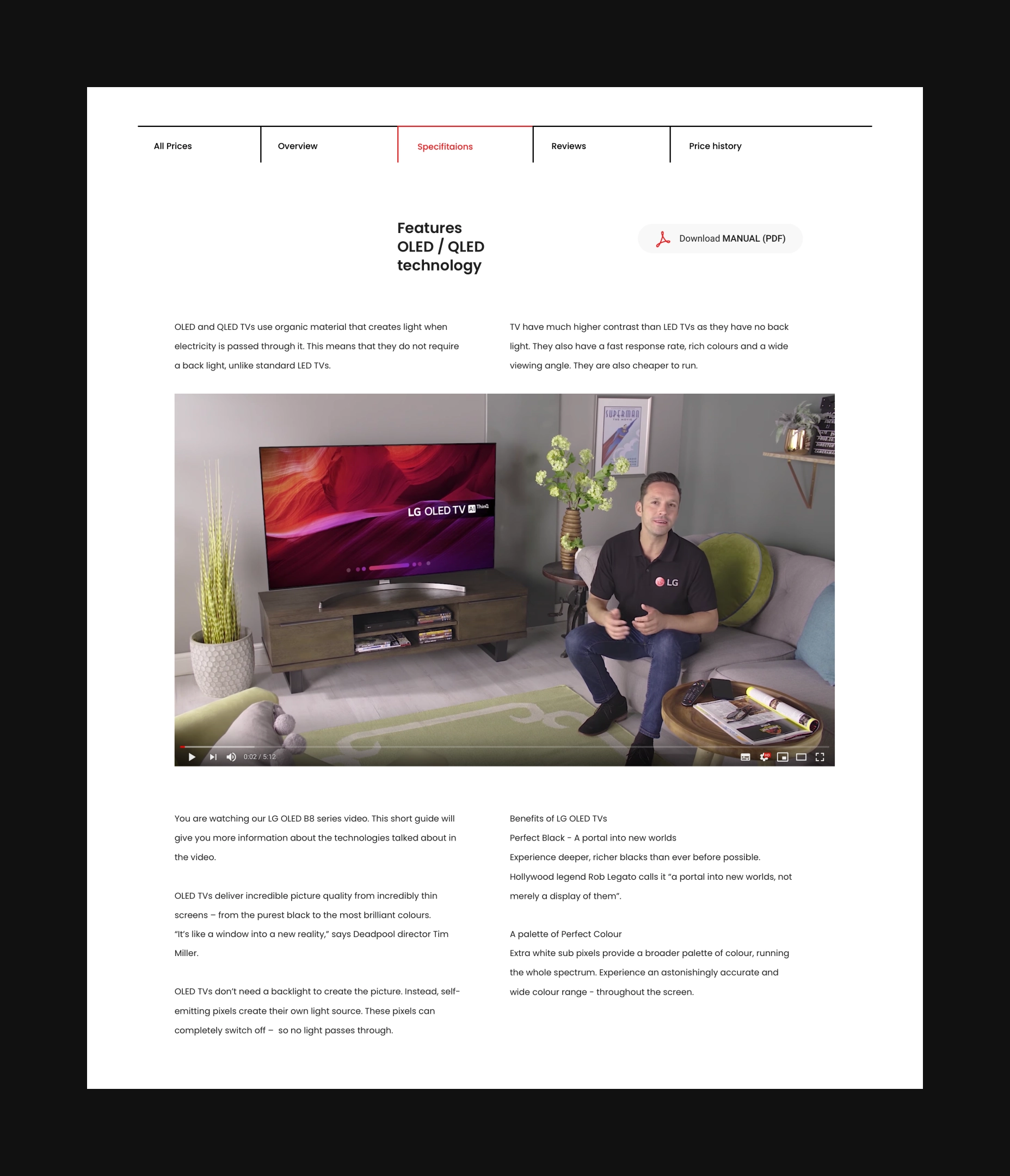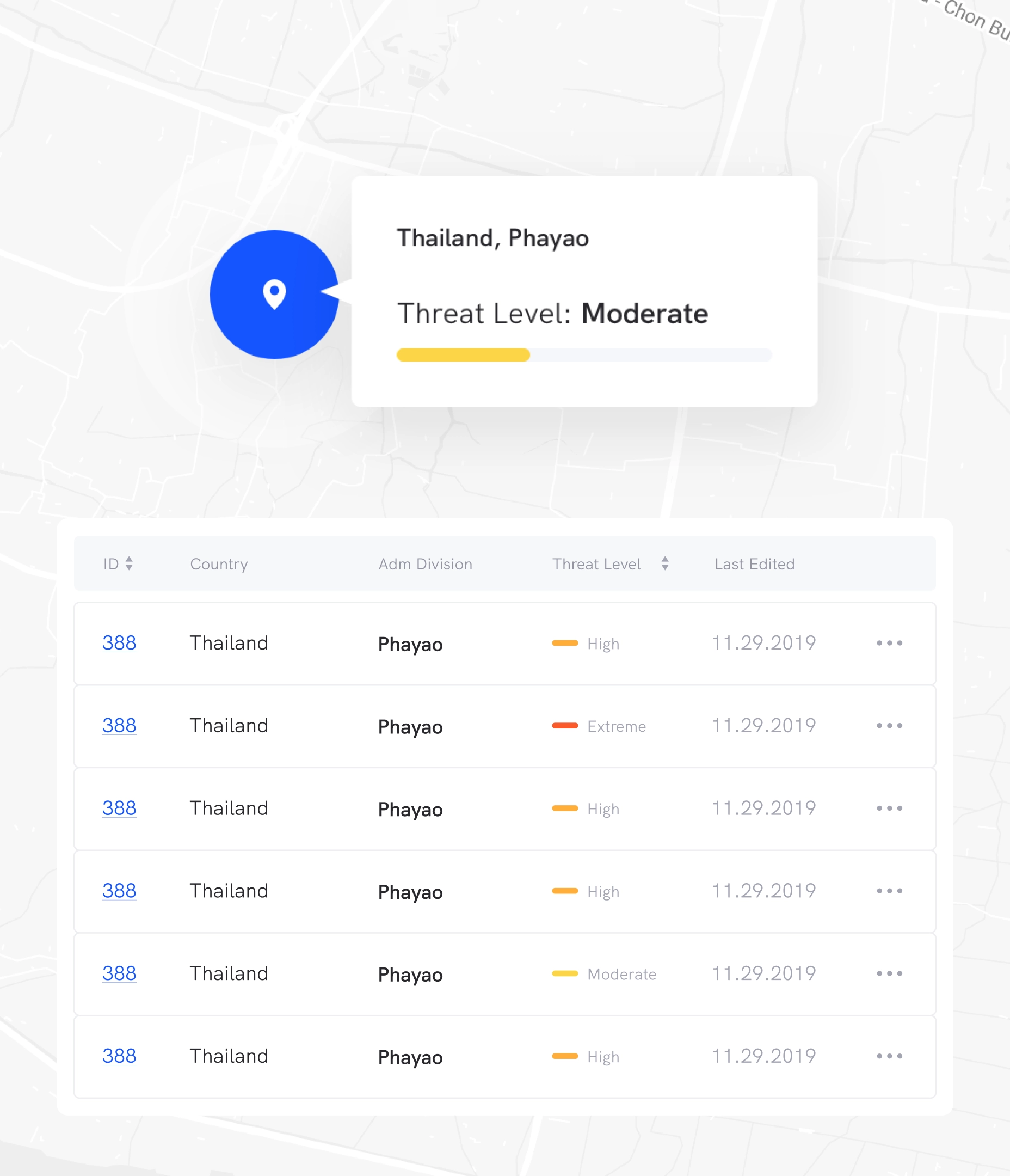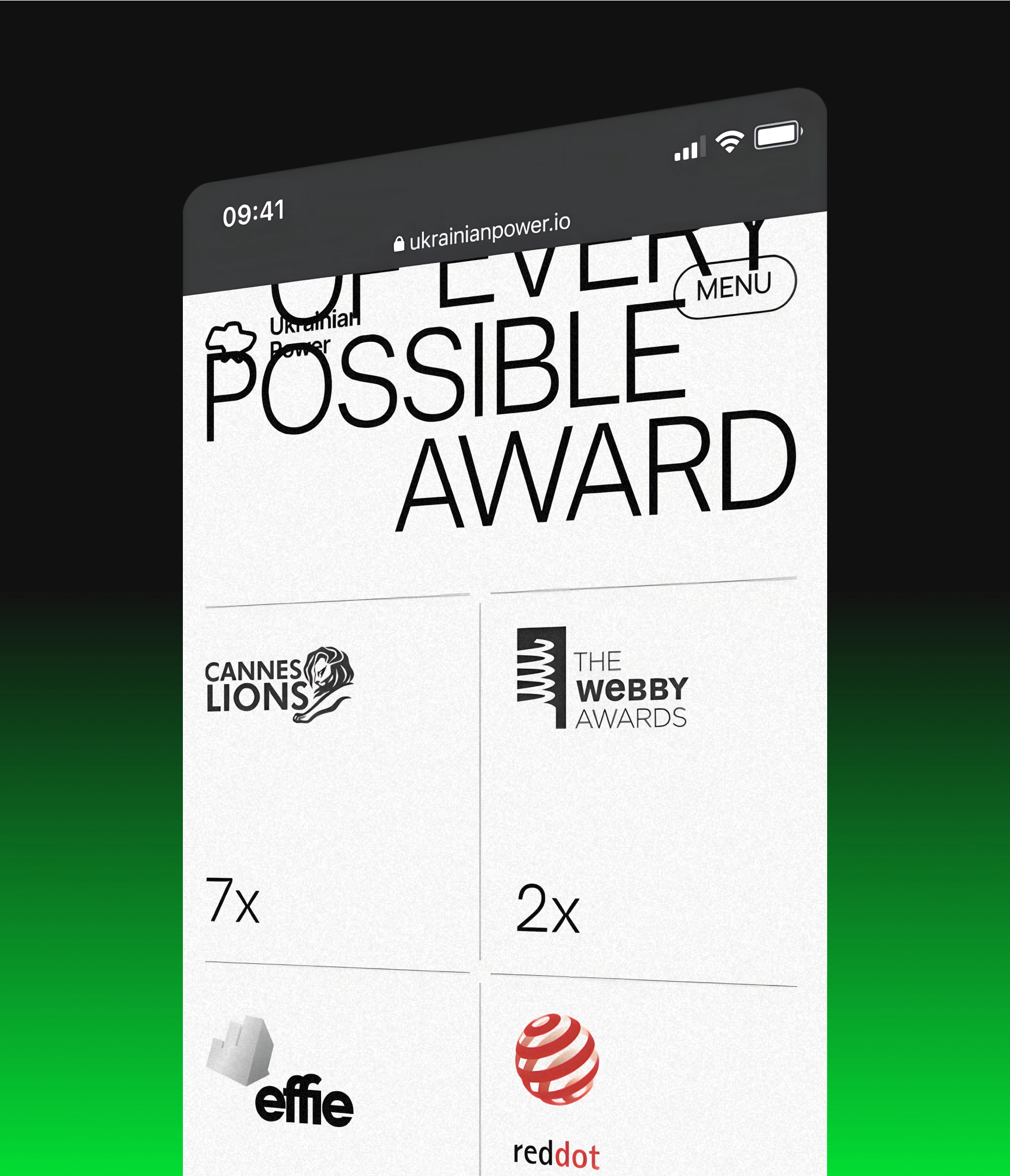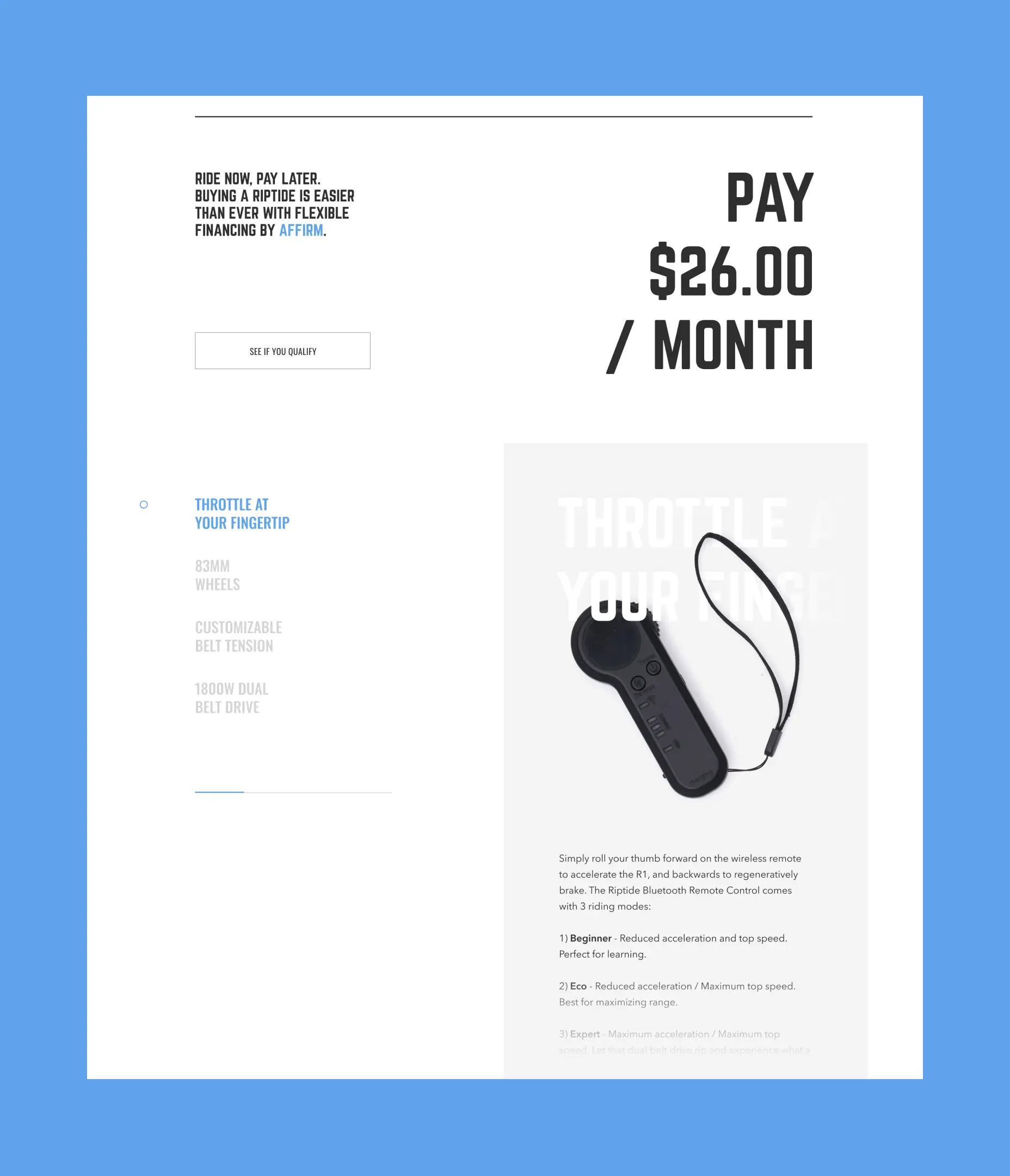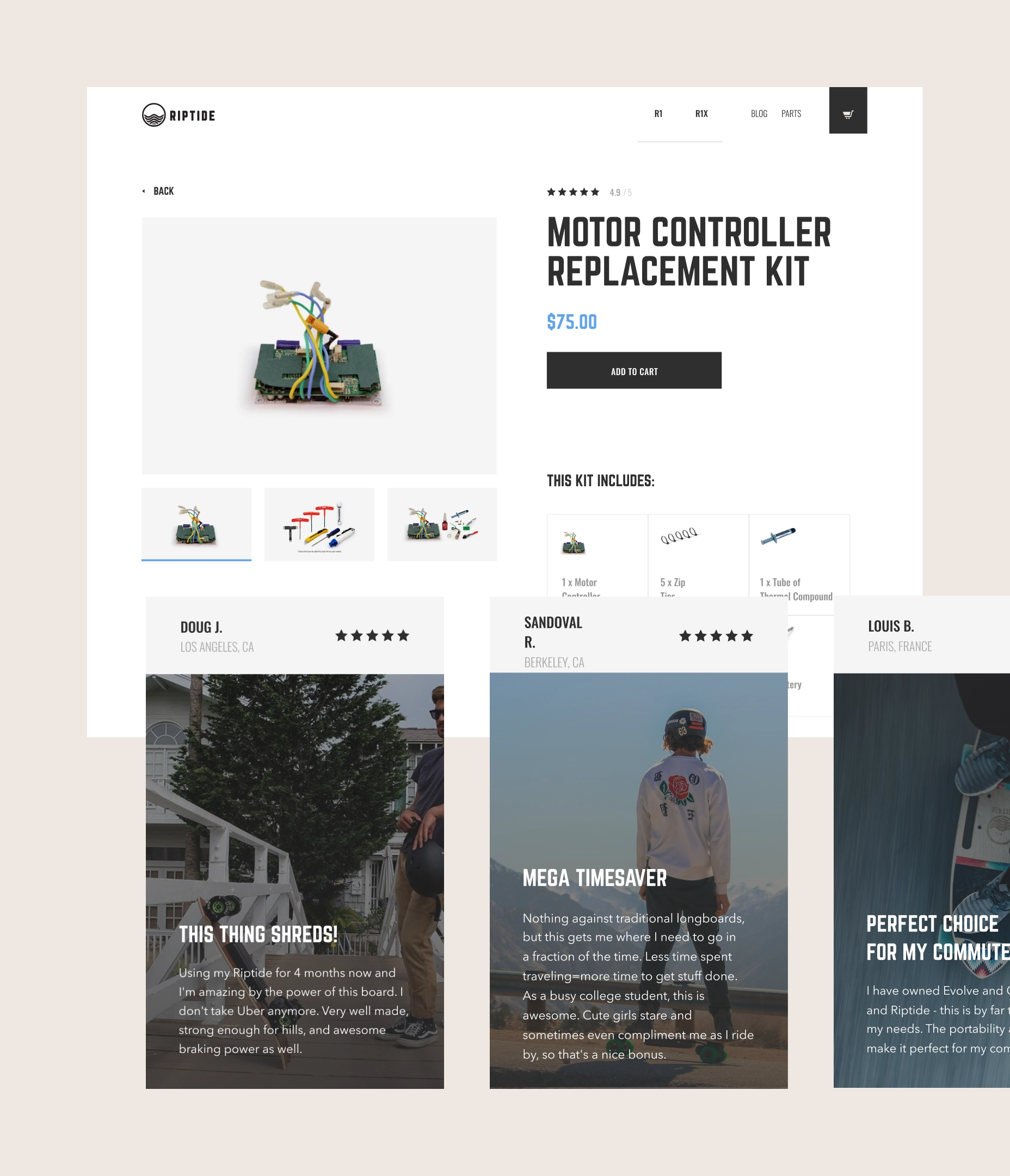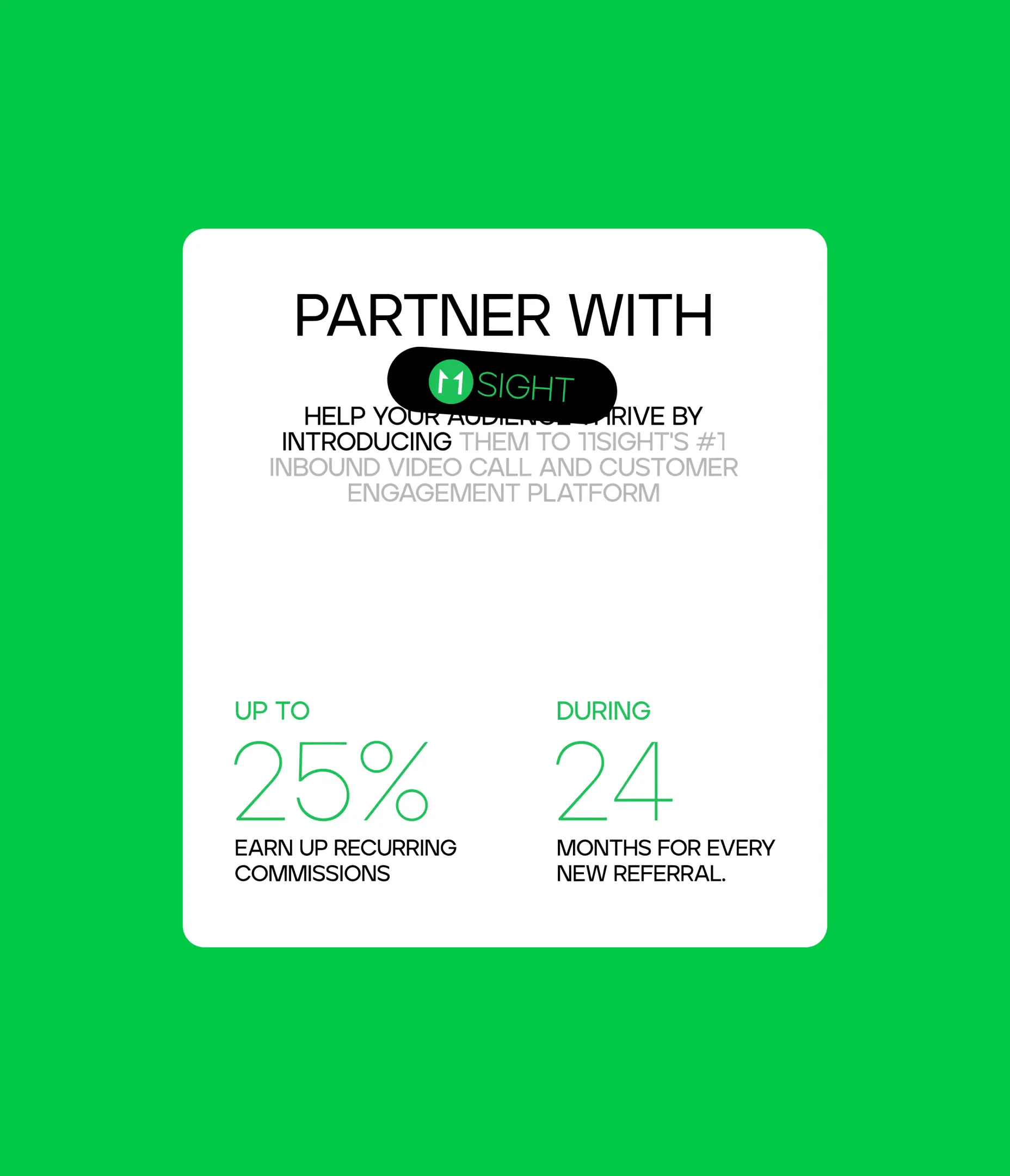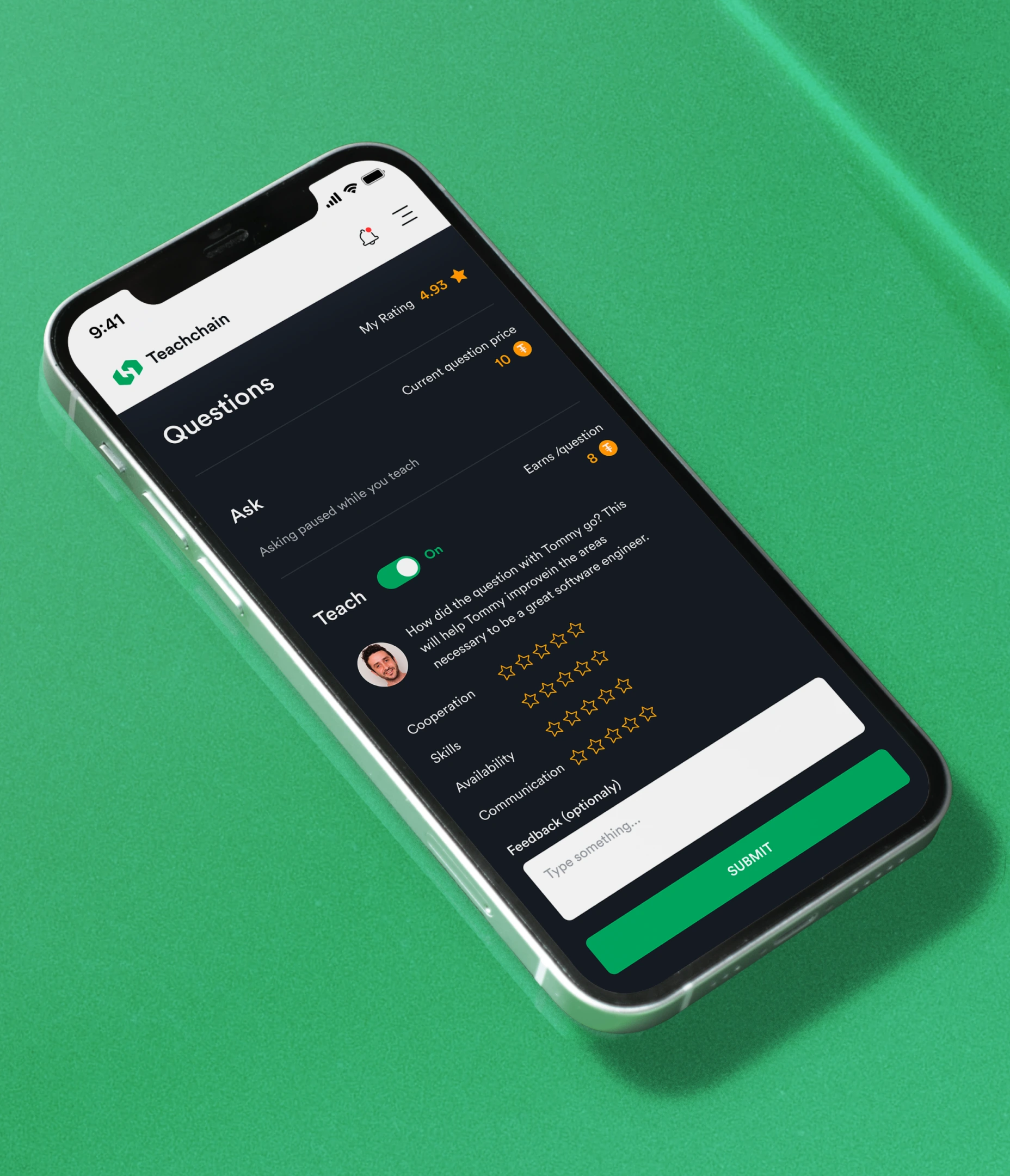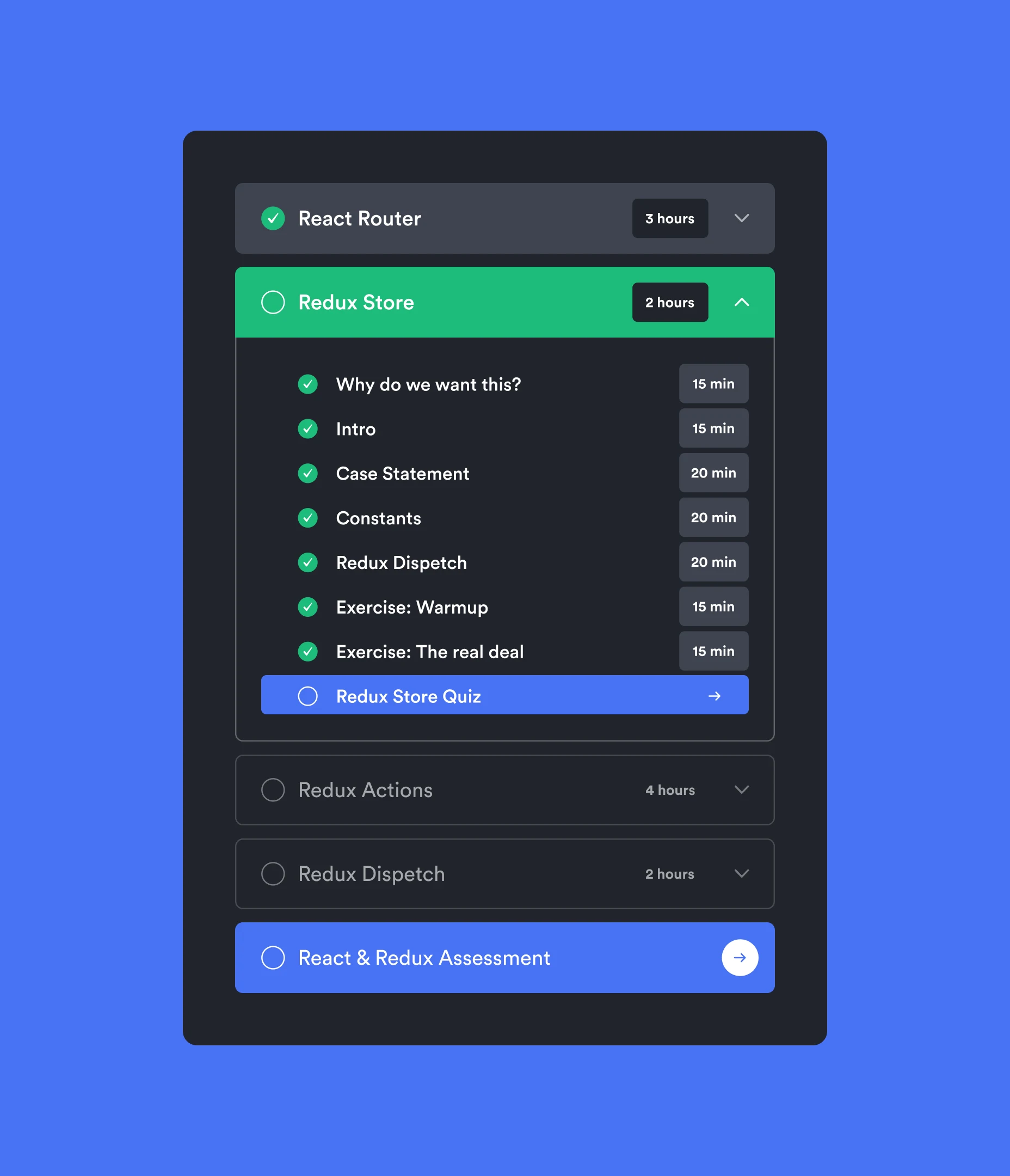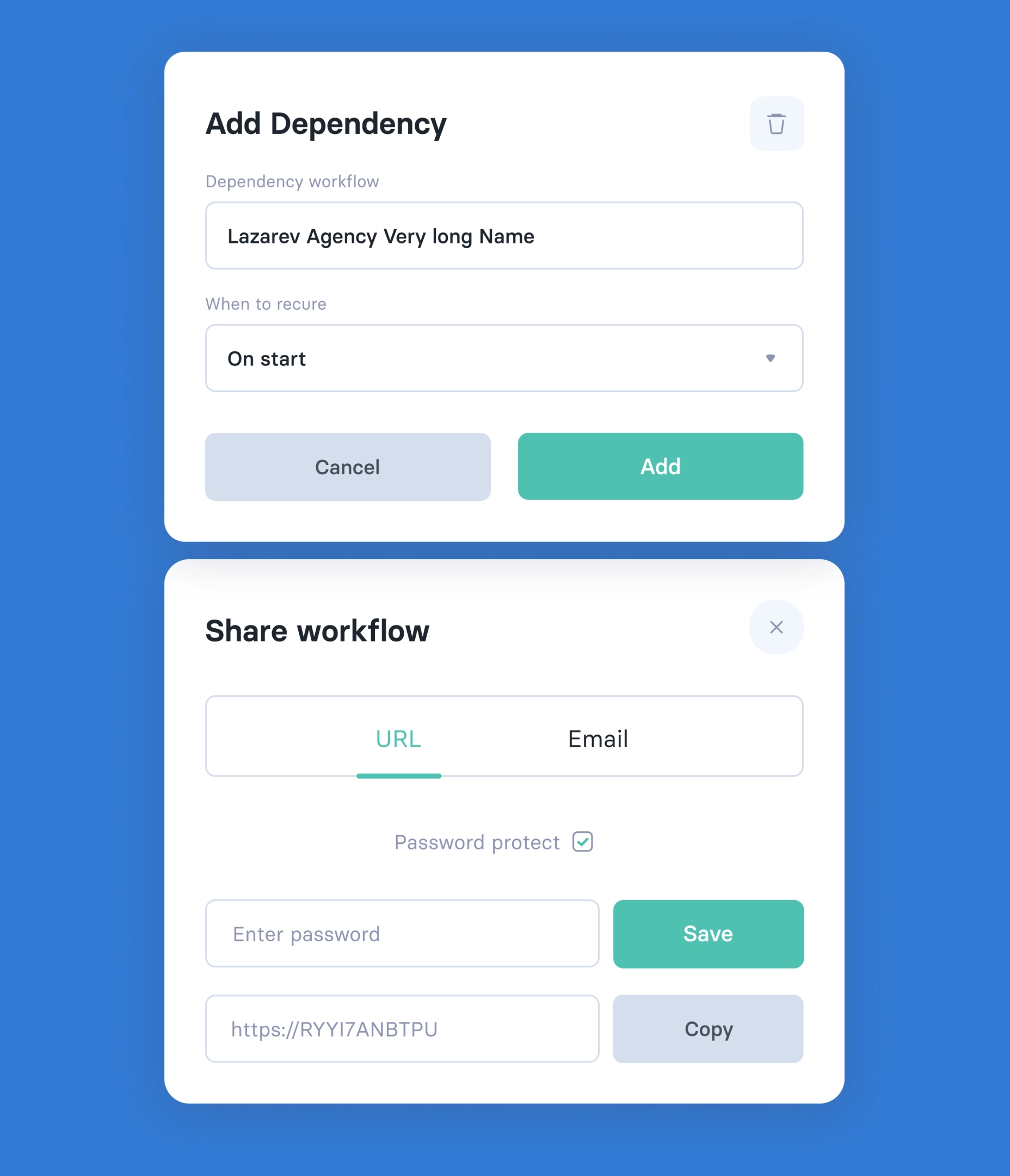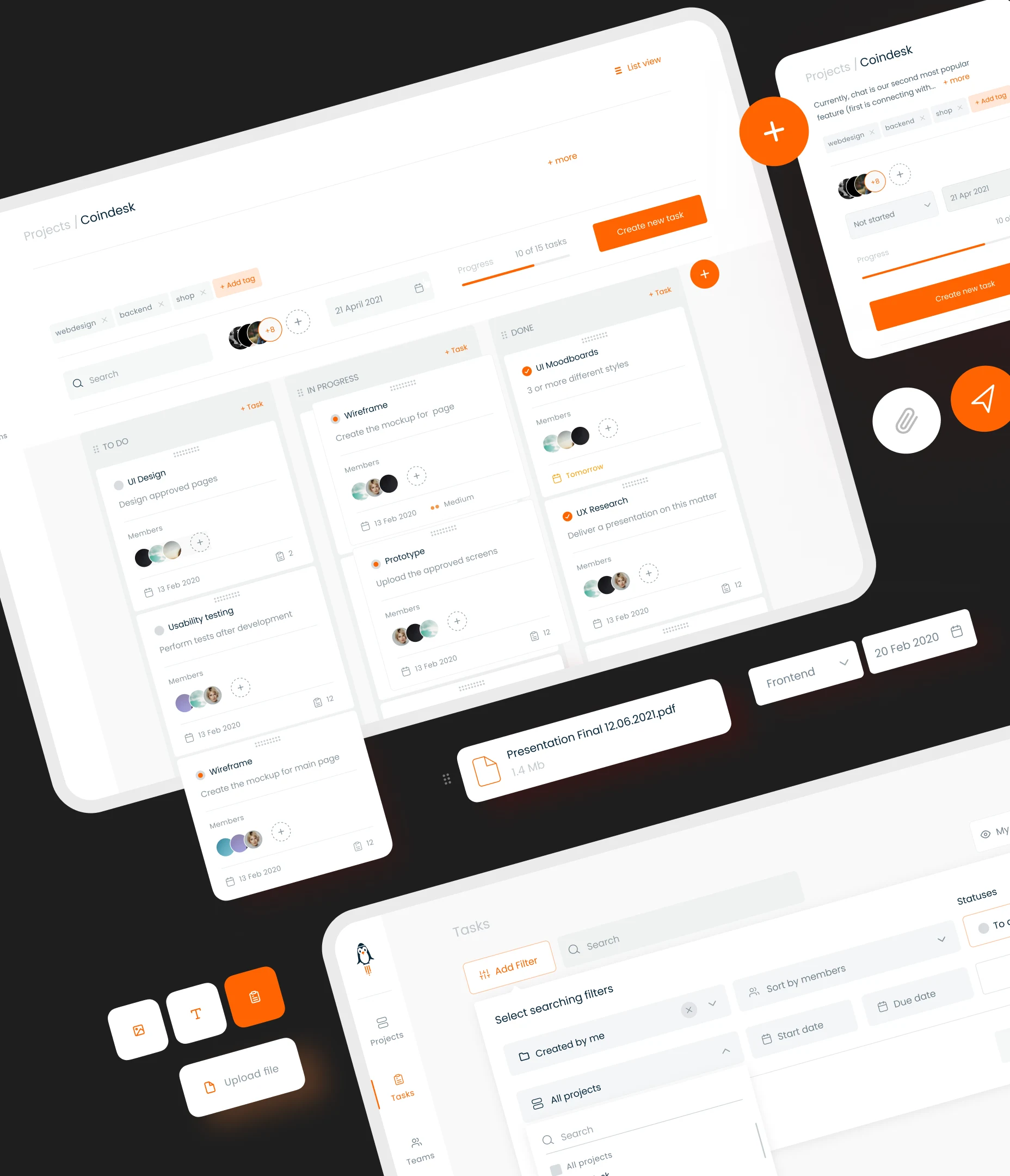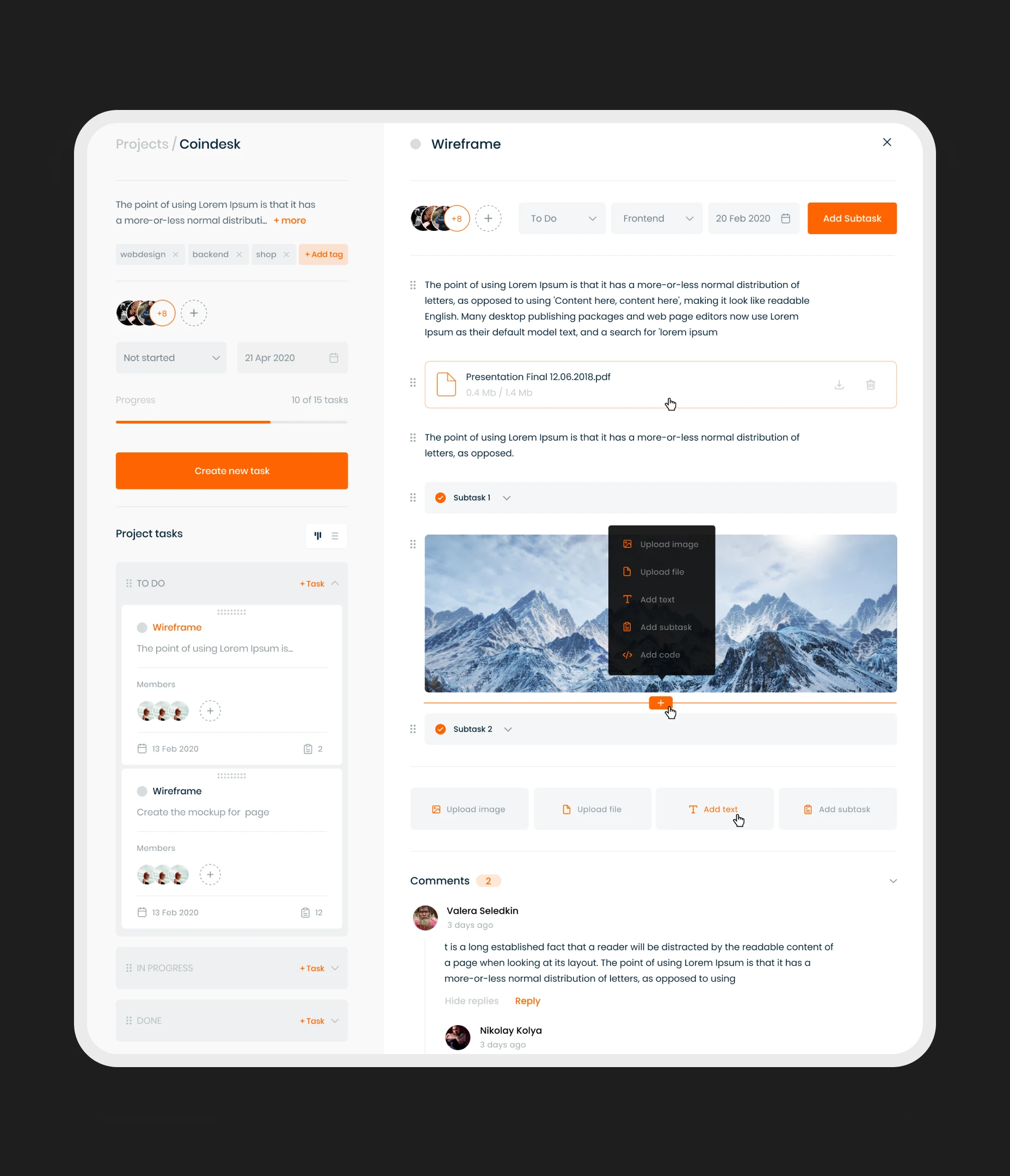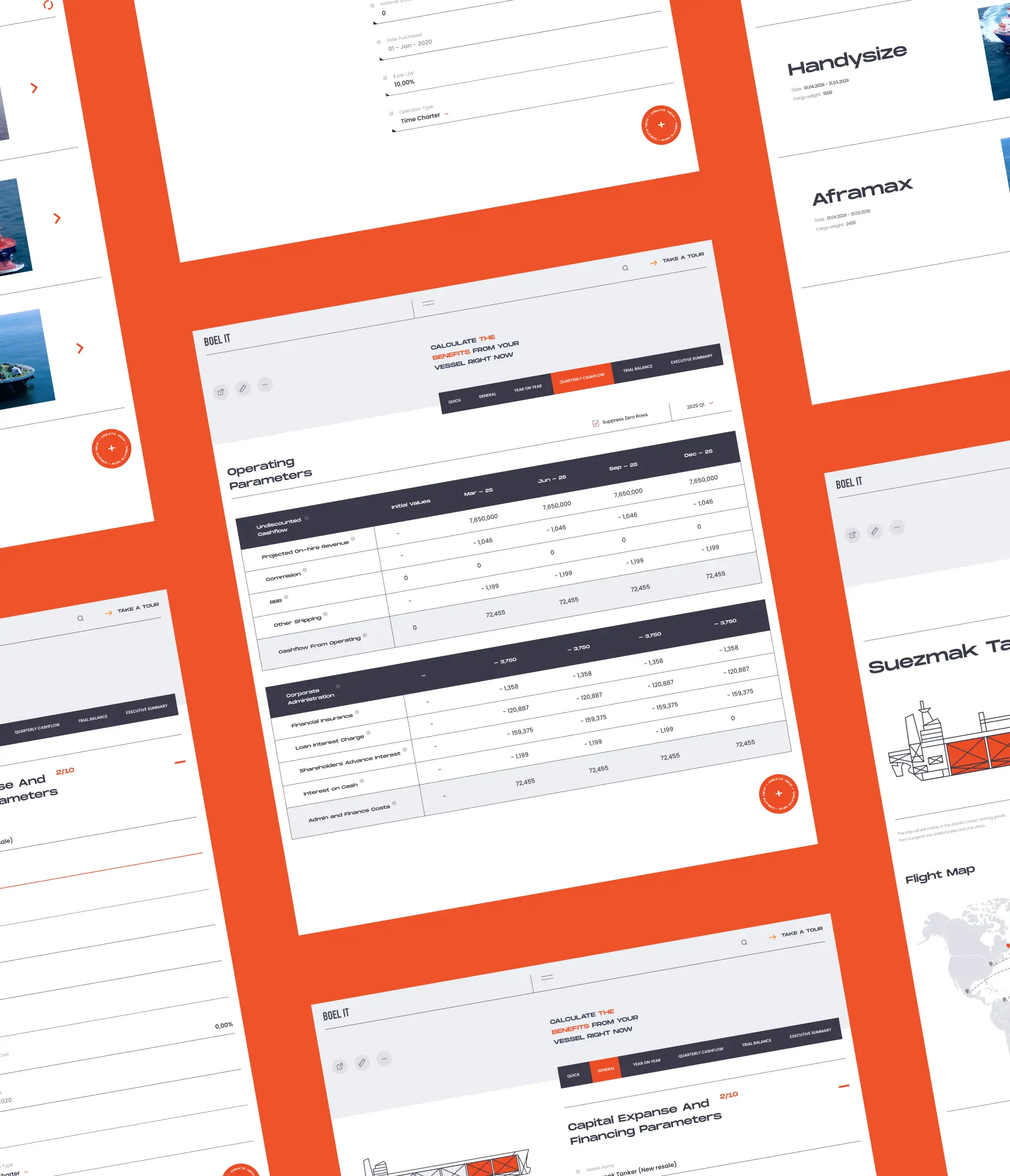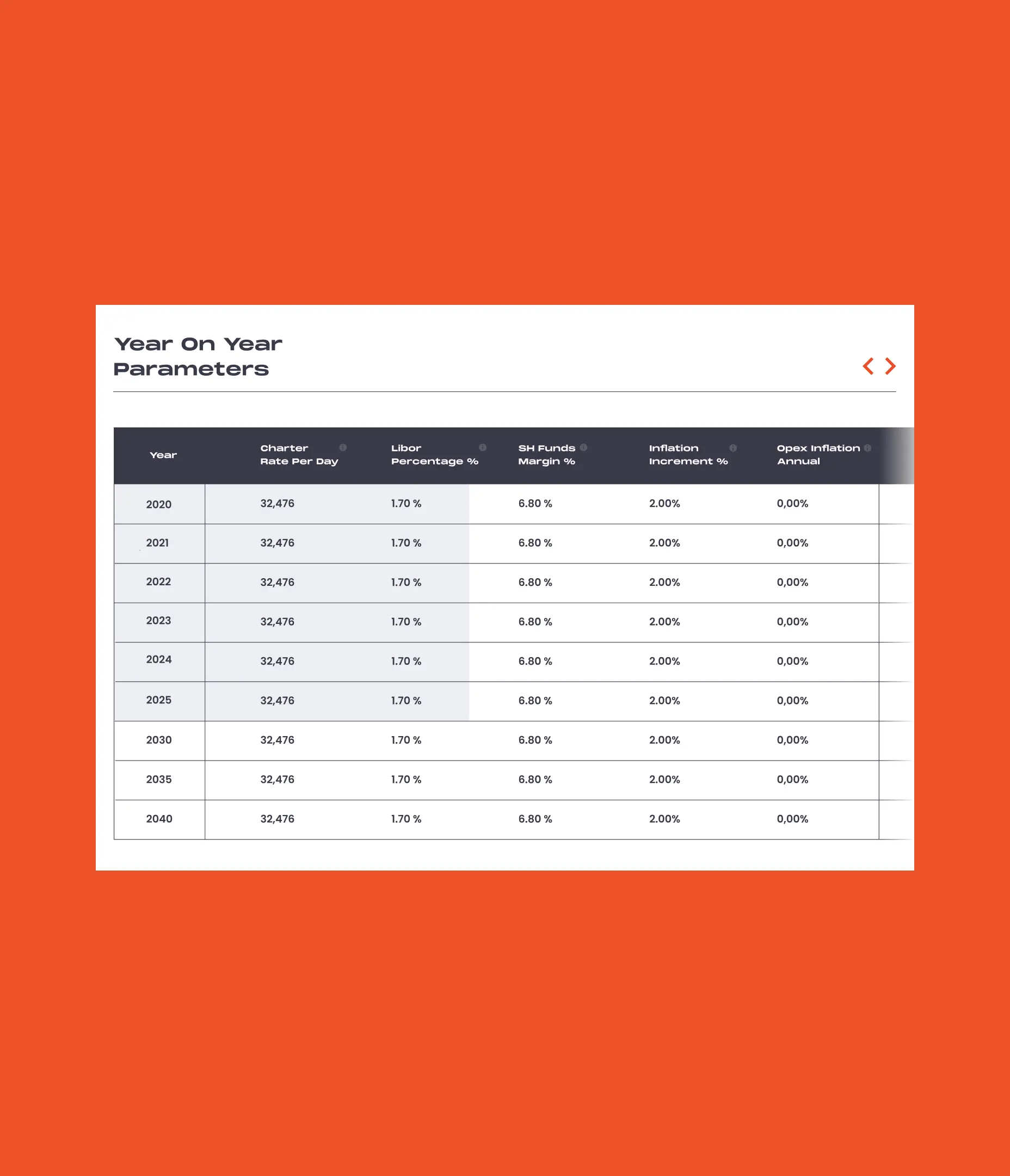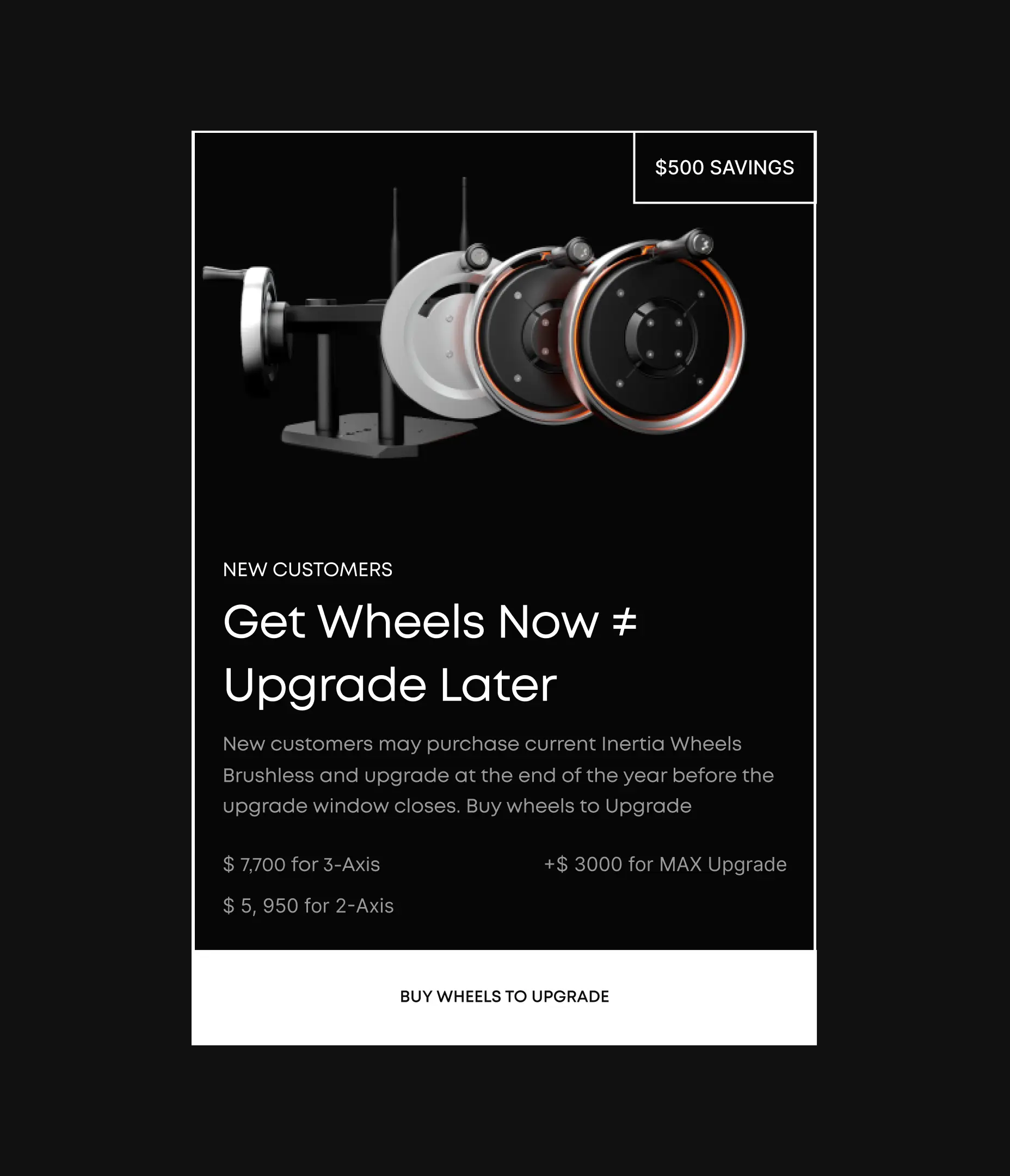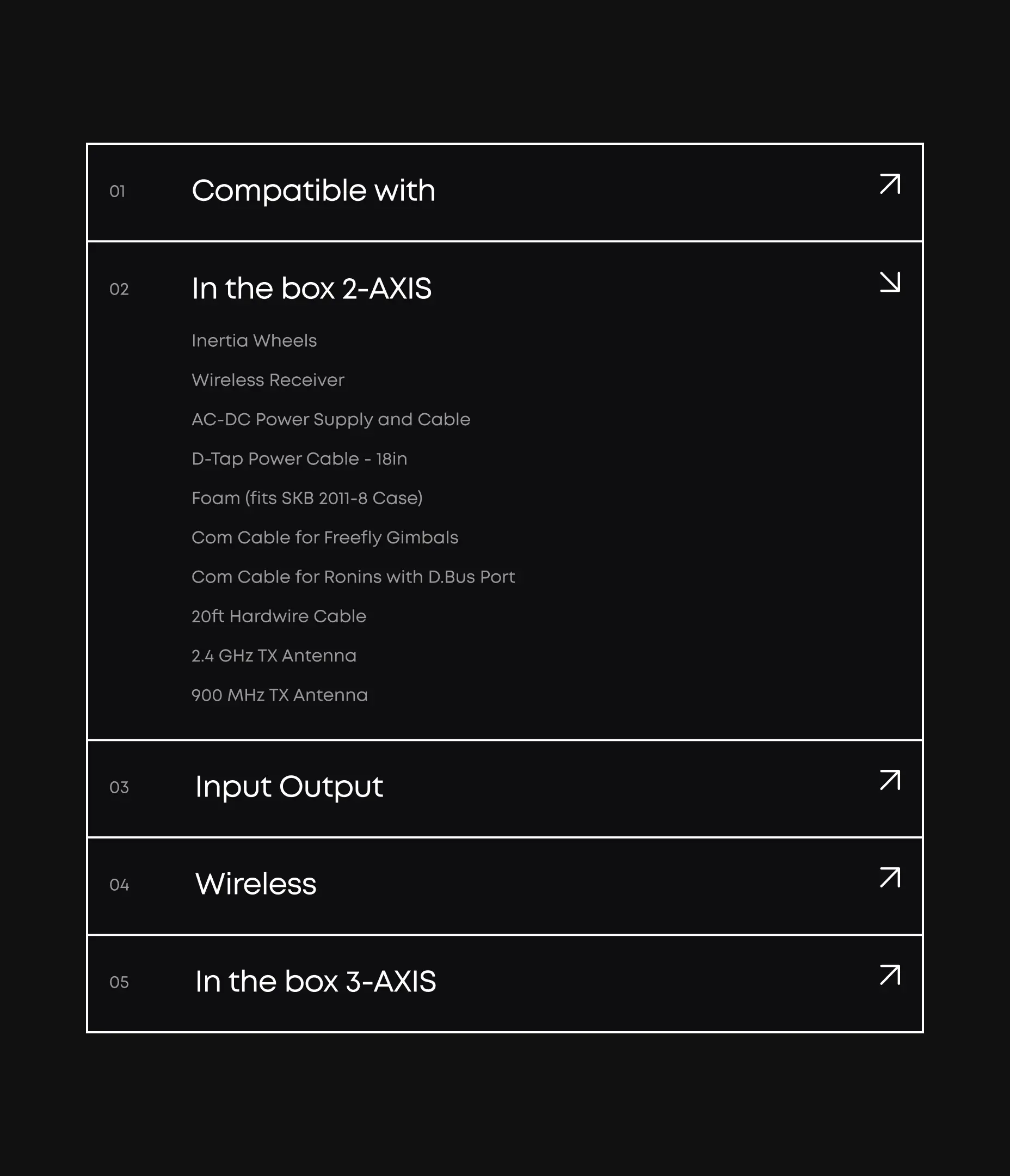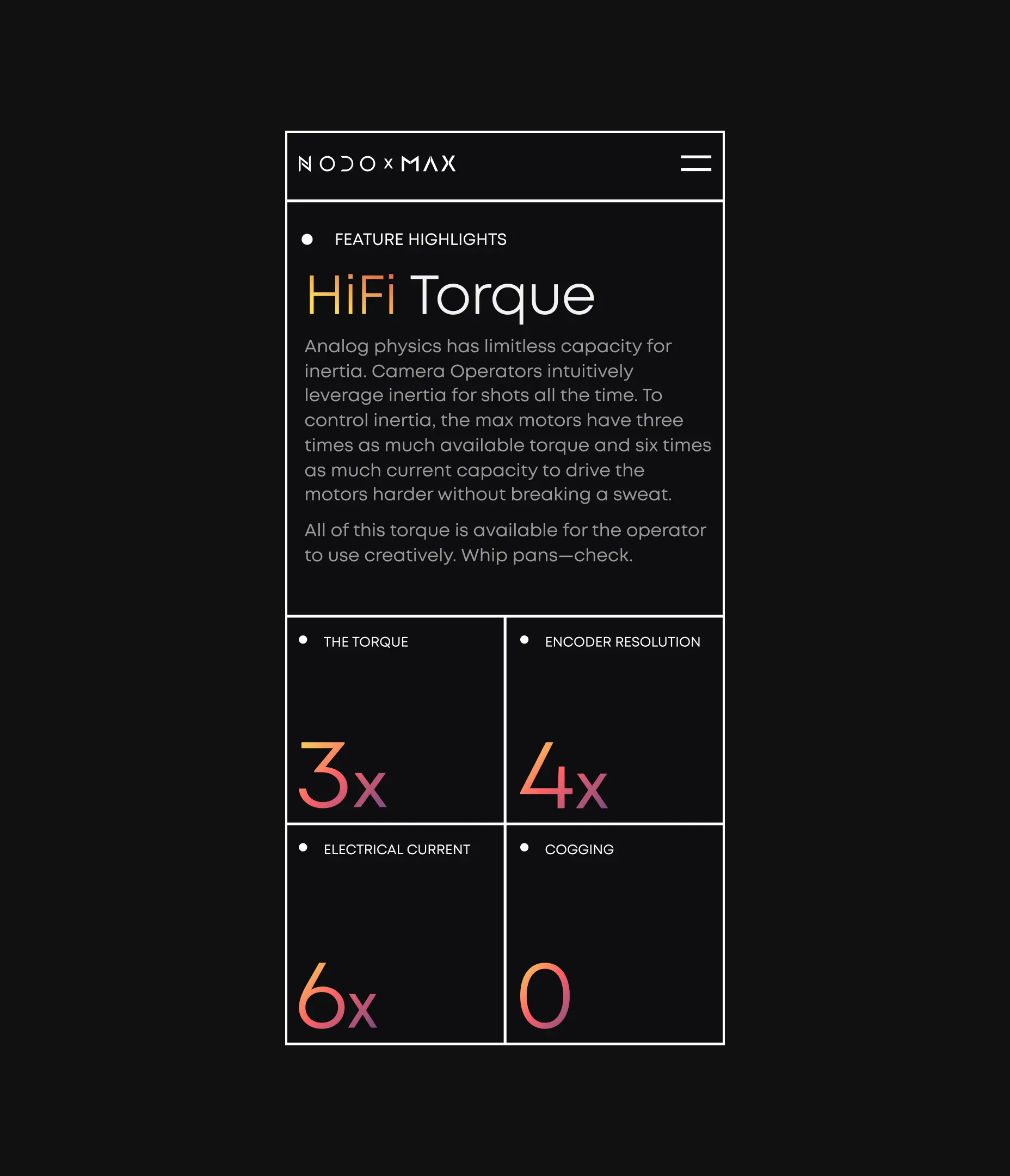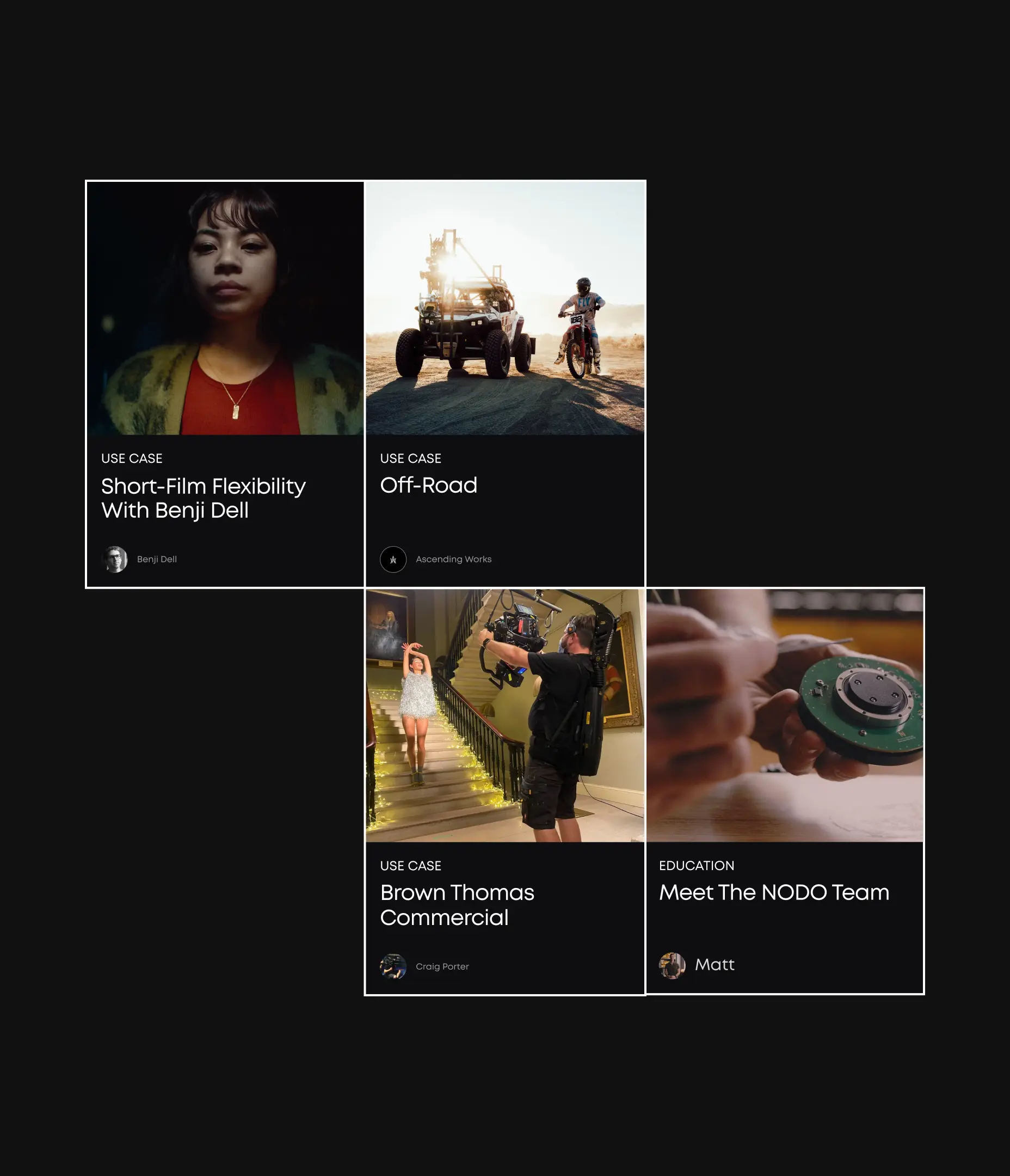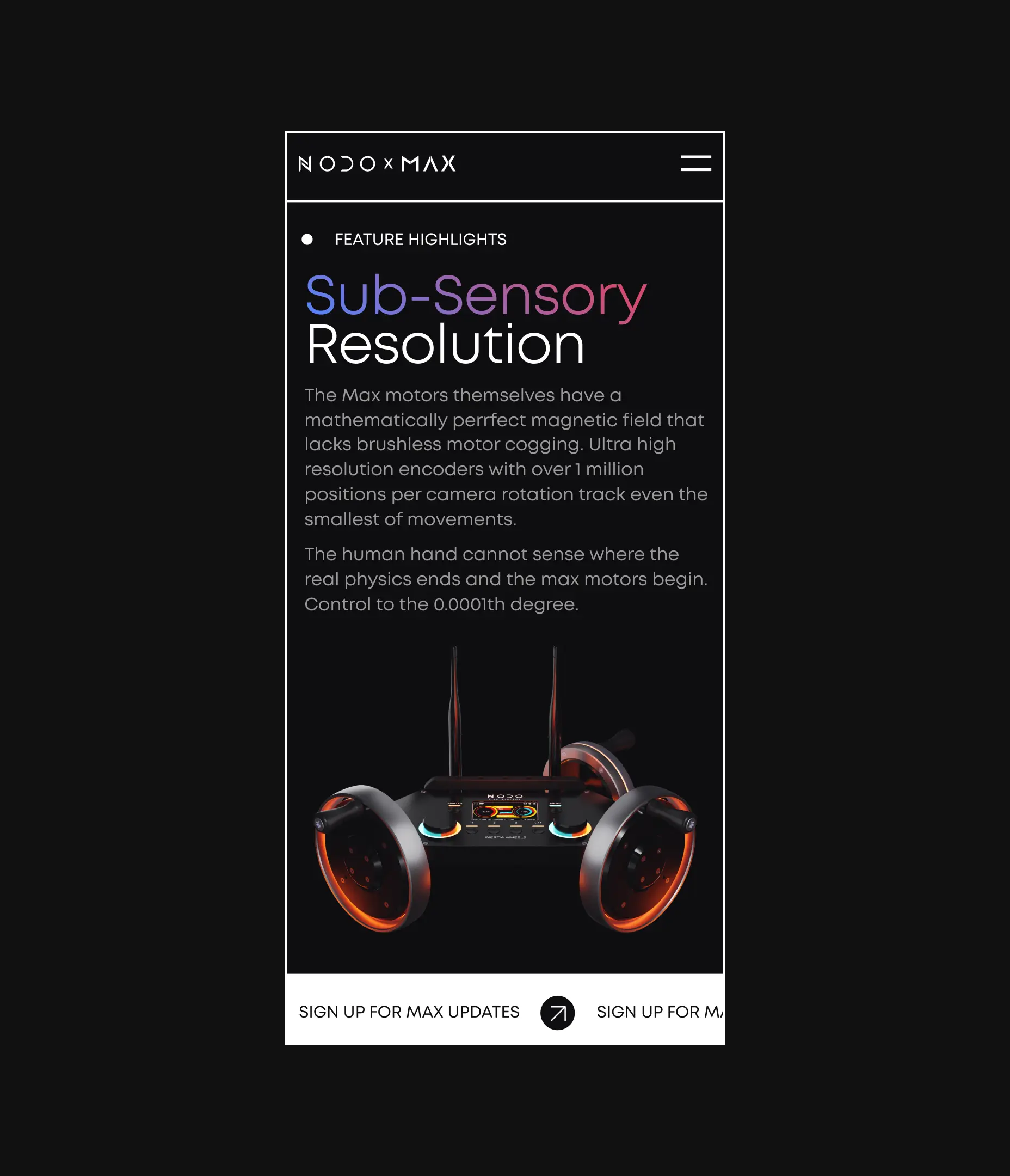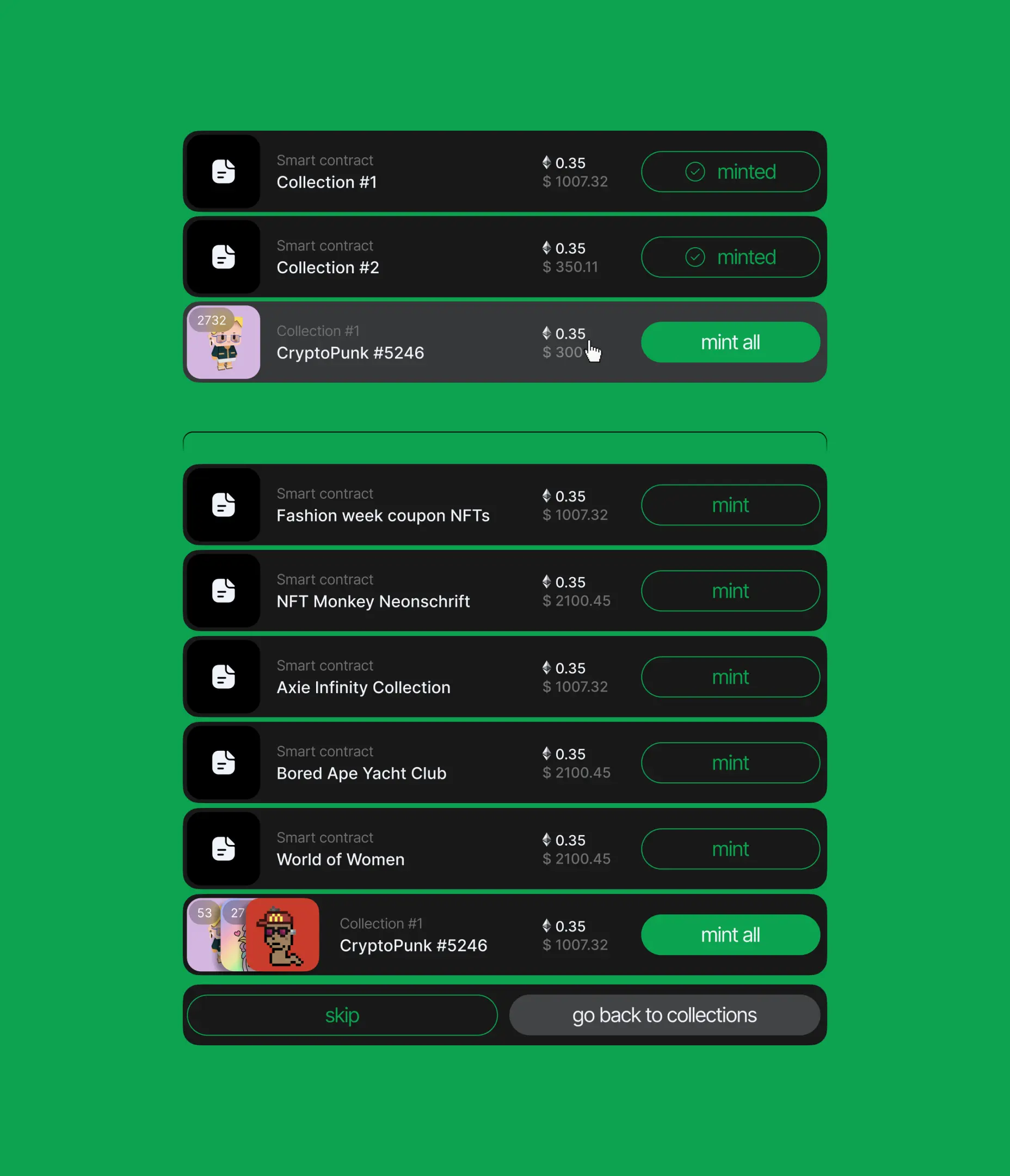How AI-Driven Tool by Accern Redefined Financial Research
the project
Redefining Financial Research Through AI-First Product Design
Accern, the leading NLP company in the U.S. and a Forbes Under 30 honoree, partnered with us in 2022, when AI was just gaining momentum. While building their products, we created design patterns that set the standard and are now used by Anthropic, ChatAI, and other major AI players.
In 2024, Accern returned to collaborate on a new product within their growing digital ecosystem. This time, the focus was a powerful research tool built for financial analysts, VC investors, and ESG specialists, driven by a pre-trained AI model that goes far beyond traditional chatbot functionality.
This case study is a must-read for AI business owners, fintech startups, and enterprise SaaS teams working with large data sets and complex research workflows. It showcases our development of AI functionality that set a new market standard, now adopted by OpenAI and other AI leaders.
From Series B to Acquisition
Rhea became the catalyst that propelled Accern from Series B to an eight-figure acquisition, marking a major leap in both product and company growth.
moving the client from series B to acquisition
the client raised during our years-long partnership
The Project’s
Discovery Phase
Reimagining Financial Research
While designing Rhea’s interface, we avoided overwhelming researchers with unnecessary features. Instead, we focused on delivering only what they need to make informed financial decisions, rather than replicating traditional research methods.
We built a hybrid interface that combines prompt-driven AI functionality with dynamic widgets and graphics. This offers a seamless research-to-report workflow with an intuitive split-screen mode.
Hybrid GUI/Prompt Interface
Given Rhea’s use cases, where users frequently work with graphics, tables, and interactive elements, a purely chat-based interface with text inputs wasn’t enough.
Instead, we designed a widget-based system with a dynamic UI that adapts to the flow of conversation. Rhea can surface references, charts, footnotes, or graphical controls in response to voice or text prompts.
Design for series A funding: why your product is the problem
An Adaptive Natural Language Communication System
At the core of Rhea’s capabilities is an adaptive natural language communication system. When AI-generated answers are unclear or users struggle to frame their queries, Rhea steps in with clarifying questions, suggestions, and hints to help users get more accurate results faster. The feature that started as a differentiator is now industry standard, even OpenAI has followed suit
Report Creator Mode
Rhea goes beyond natural language understanding, covering user comprehension, personalization, file management, and task assistance. This comprehensive suite is supported by robust data processing and synthesis on the backend.
At Lazarev, we committed to actualizing this functionality by transforming the chat field into an advanced search bar and a command line.
Multi-Purpose Input Field
We wanted to make Rhea a multifunctional solution that offers greater value to users. To achieve this, we transformed the standard prompt field into an advanced command line.
This upgrade allows users to search for files, set up notifications, manage automated emails, schedule calls, issue alerts, and handle other key tasks as part of their daily workflows.
Integrated Datasets and File Management
In the settings, people can select pre-configured datasets, called Lenses, or connect their own through Accern's NLP Platform. We added options to upload and manage files and folders, providing essential context for Rhea’s data analysis.
Additionally, we developed custom email notifications to deliver alerts and reports on specific topics, keywords, industries, or any other information researchers find valuable.
More AI Cases
FAQ
How to optimize the collection and analysis of data for financial researchers?
One effective way to streamline research is by combining AI-driven data collection with interactive reporting tools. For Accern, we designed a hybrid interface that merges prompt-based AI interaction with dynamic widgets and data visualizations. The result is a seamless research-to-report workflow within a clean, intuitive split-screen layout.
How to help financial teams work faster on reports?
By removing workflow friction. After analyzing how financial researchers operate, we helped Accern launch a report creator mode that eliminates the need to switch between tabs or windows. Users can drag and drop both text and widget-based data into a split-screen workspace—making it easier to generate, edit, and format reports without losing focus.
How can AI help VC investors and researchers be more productive?
AI chat alone isn’t enough. Financial researchers and VC investors need tools that handle complexity with clarity. For Accern’s Rhea platform, we transformed a basic prompt field into an advanced command interface. This empowered users to search files, automate notifications, schedule calls, manage email sequences, and more—all within their existing research workflow.
What’s the best UX approach for building AI-powered financial tools?
Design around how analysts actually think and work. With Rhea, we moved beyond static chat interfaces and built a dynamic UI that responds to user prompts—surfacing charts, references, and interactive elements as needed. It’s adaptive, efficient, and purpose-built for deep research tasks.


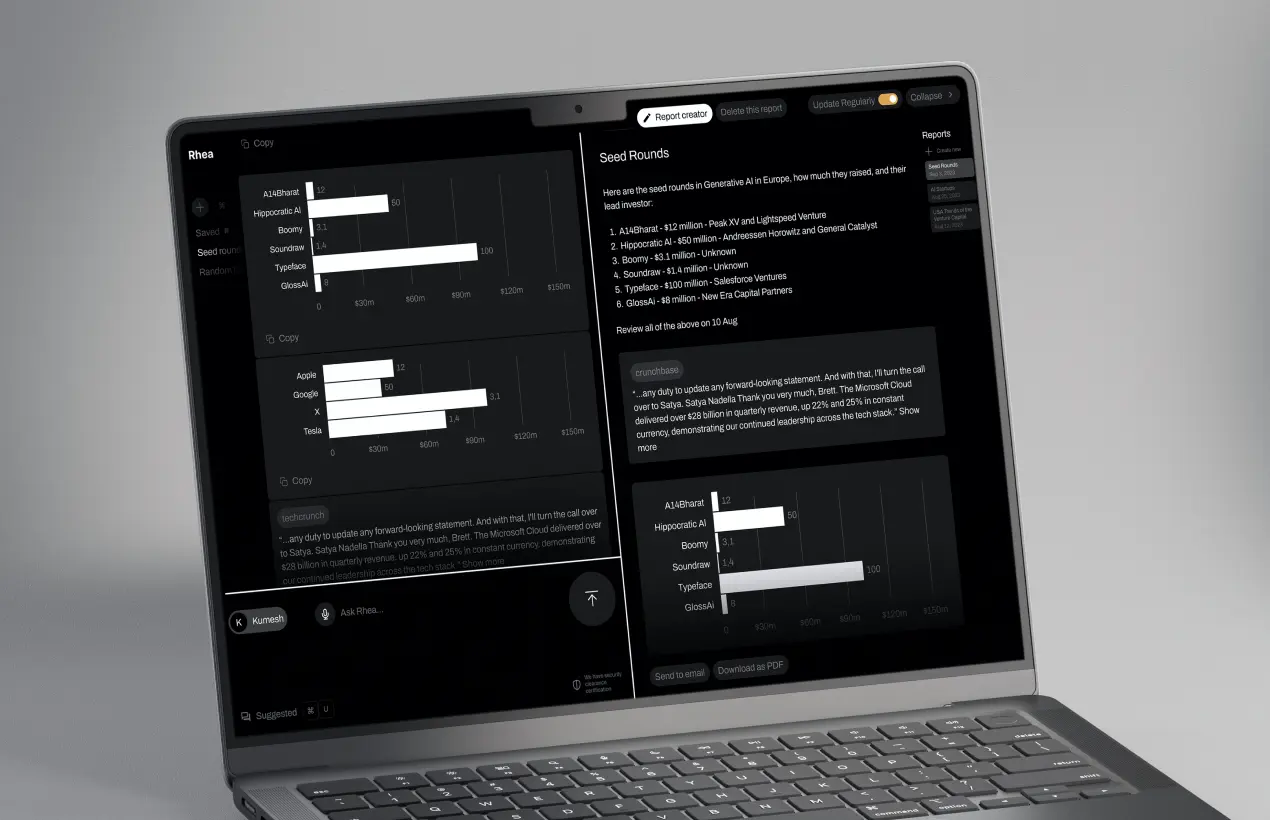
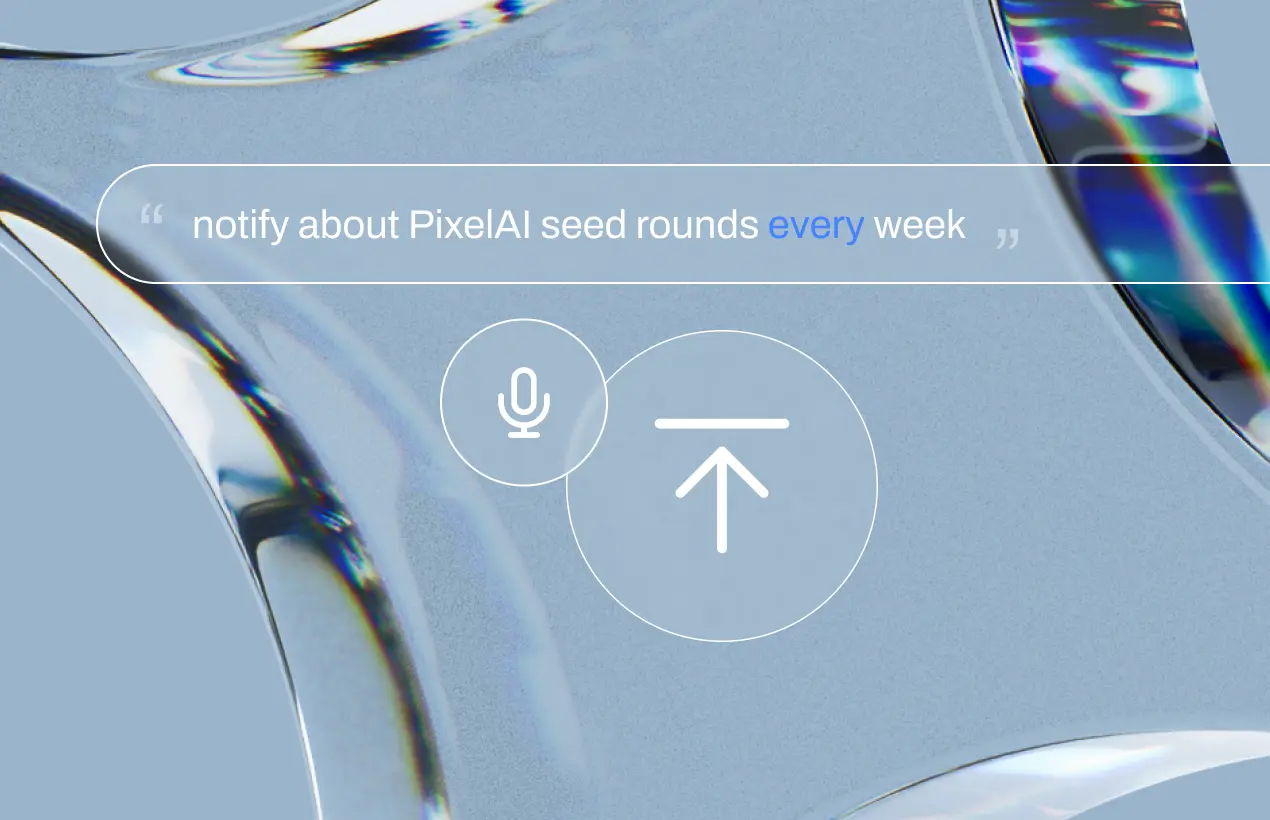




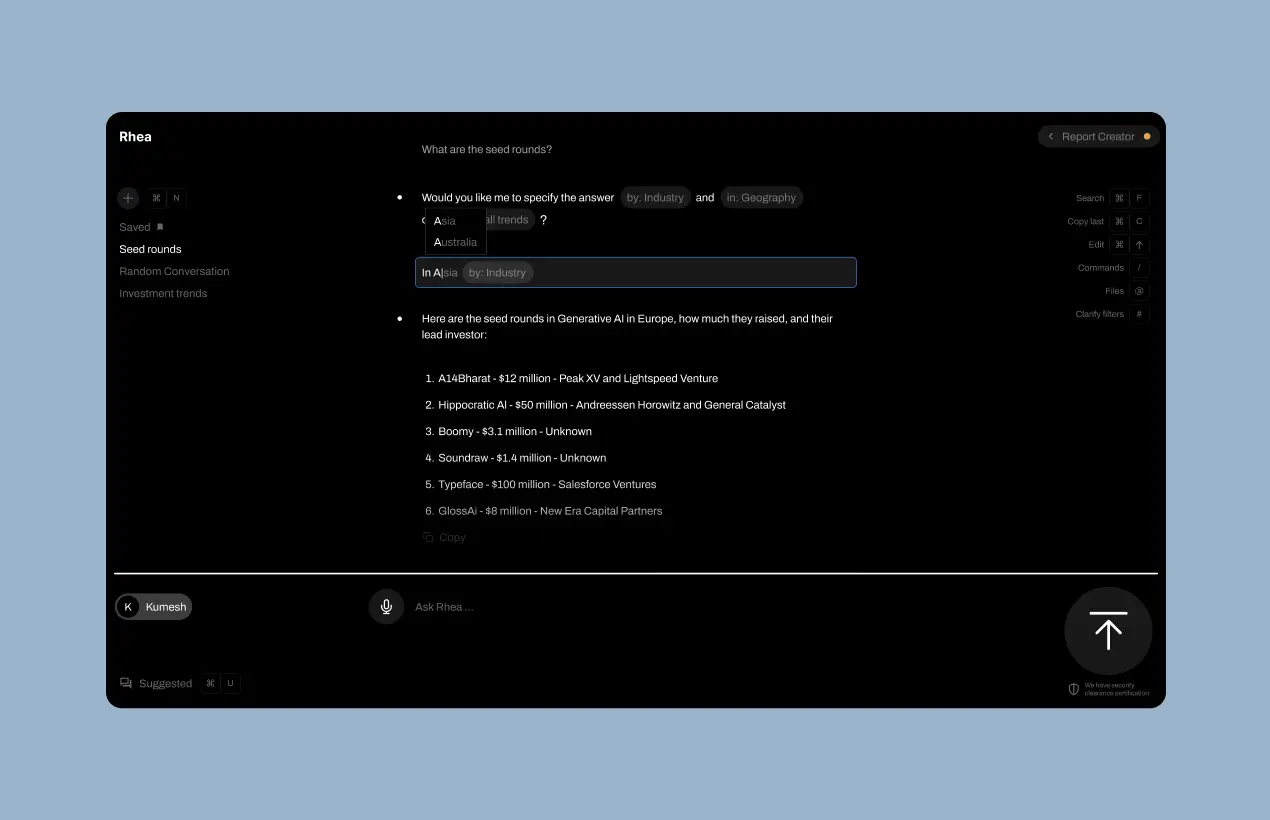

.webp)
%20(1).webp)
.webp)
.avif)

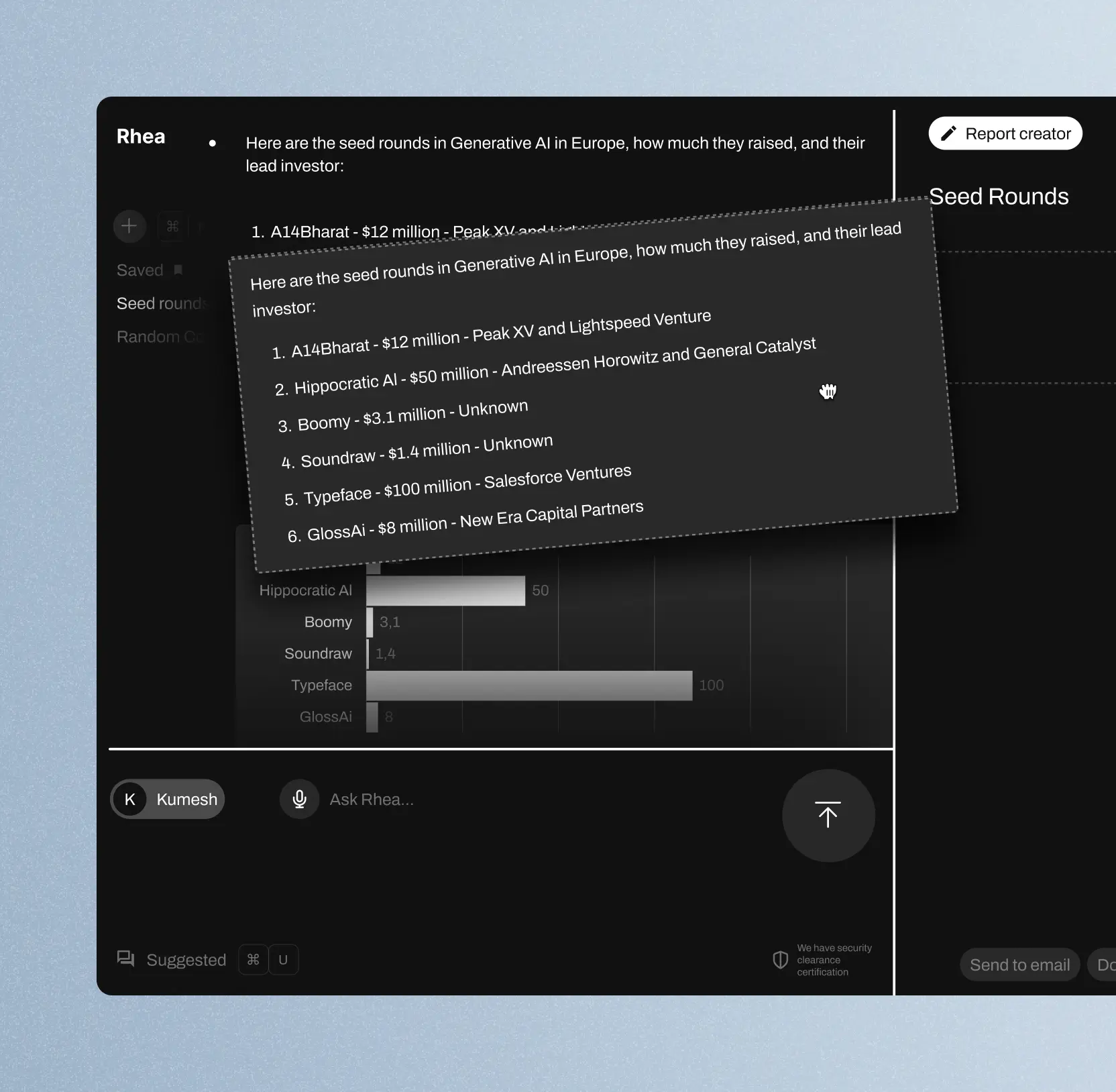
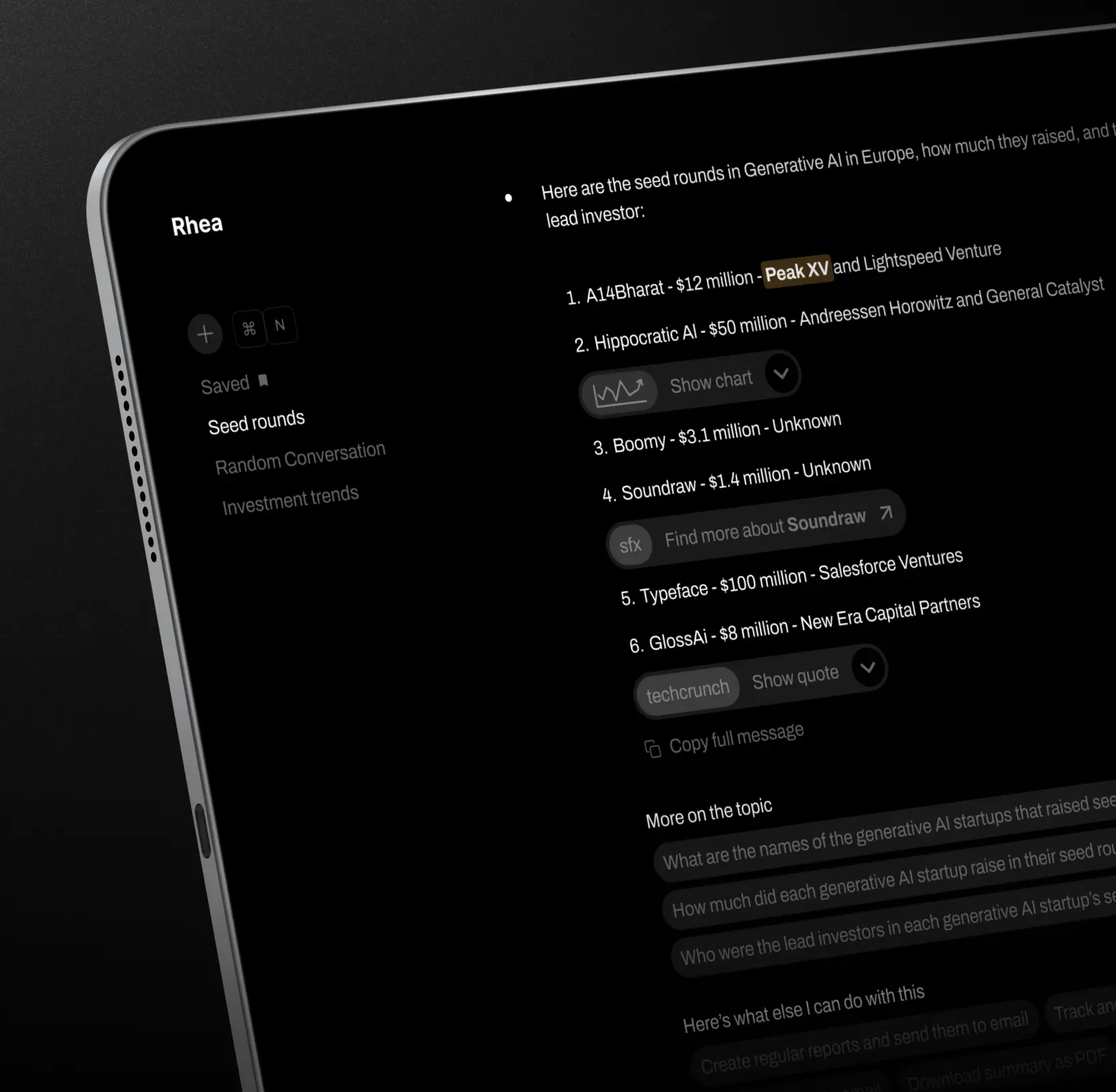
.webp)
%20(1).webp)
.webp)
.webp)
.webp)
.webp)
.webp)
